But sadly, rice is the most maligned grain on Earth. Today it is so closely associated with diabetes and obesity that some of us are afraid of eating rice. There is even a word for this fear - Ryziphobia, the fear of eating rice.
Why this dichotomy? Here is a flashback:
Turn the clock about 100 years back. India was home to more than 100,000 varieties of rice. Each geography, depending on its unique terrain & climate, grew a variety that was unique to that location. There were rices that were flood resistant and rice which were drought resistant. Then there were rices that were short duration (90 day) crops, and others which took 150 days to harvest. And then, there were rices which produced long stalks (which was food to the cows in the farm) and those with short stalks. Such diversity, and much more!
Systematic exploitation by the British of the farming community and the World Wars were followed by the Bengal Famine, and the depletion of our food sources, until we were reduced to “Ship to Mouth” situation in the 1950s. Then came the Green Revolution to address this relatively temporary situation. Certain specific varieties of rice were identified which could respond well to chemicals (mainly fertilisers) (i.e. produce much higher yields per acre) and propagated among the farming community to deal with food shortage. And we did turn the corner, we became self-sufficient in food.
But the temporary intervention of these chemical-responsive varieties continued for decades, from the 1960s and continues to this day. Other policies of successive governments drove farmers to continue to grow only these few select varieties. Such as the MSP (Minimum Support Price) to farmers for some specific varieties of rices, which made farmers grow these in their fields, regardless of whether these were suitable for that geography or not. Artificially supported by chemical fertilisers, these continued to produce high yields, but at the cost of loss of soil fertility (thanks to excessive use of chemicals season after season). Today, farmers have not only lost the seeds of those traditional varieties of rices, but also lost the skill and understanding of how to grow them.
Today, most of our rice is chemically grown. What’s worse is that most of our rice is fully polished. How did it come to be fully polished?
Another, flashback:
Over a 100 years ago, paddy harvested by a farmer was stored by him in his farm in some sort of traditional granary. As and when he sold it or used it for his own consumption, they would hand-pound it in the farm itself and the “hand-pounded” rice would be sold in the market or consumed. When hand-pounding the paddy, the inedible part (the hard husk) gets taken out, but also part of the bran which covers the naked grain of rice is taken out. Taking out part of the bran is useful, because the rice becomes easier to eat and digest. Such hand-pounded rice is then consumed within a few weeks or months, before the cycle of hand-pounding repeats.
Then came along Rice Mills mechanising this process of removing the bran. Then it was found that when fully polished, the rice had a longer shelf life, because once all the bran is removed, there is hardly anything interesting for the bugs to eat! Wholesalers and retailers preferred that, so that they could buy rice in bulk (at a lower cost) and store it with much less infestation, for which they could use chemical fumigation in the rice godowns a.k.a. the rice mundis. When the wholesalers and retailers preferred fully polished rice, the farmers and millers gave them what they needed. It took some time to make the white polished rice popular, but when the rich and the elite took to it first, it became an aspirational grain, over coloured unpolished grain which was good for health, but harder to eat. Now that almost everyone eats white polished rice, diseases have become more rampant, particularly diabetes and obesity.
So today what most of us eat is chemically grown rice, which is highly processed to produce white polished rice. Such white polished rice is not only a storehouse of pure starch (which shoots up our blood sugar as soon as we eat it), but also devoid of the bran which contains most of the vitamins and minerals that we need for the healthy functioning of our bodies.
Today, when lifestyle diseases are so rampant (particularly diabetes and obesity), we must understand that the culprit is not the grain of rice, but what we have done to it.
As consumers, we need to understand this first, and then take control of the situation, reclaim the joy of eating rice, the right way.
So what is the right way of eating rice? Here are 5 mantras of eating rice:
⦁ Organic: Eat rice that is grown without any chemicals (be them fertilisers or pesticides). Beware, there are rices in the market which are touted as “free from pesticides”, but we need to see if there has been use of chemical fertilisers.

⦁ Rice with bran: Eat rice with bran (either semi-polished or unpolished). We can make out if the rice has bran, if the grains are coloured (brown, black or red). There are rices with white bran as well, but that is not that common.
⦁ Unprocessed: Eat rice that is minimally processed as aval (poha) or puffed rice, and not highly processed like noodles.
⦁ Eat diverse varieties of rice: Each variety has a different taste, because of the different profile of micronutrients in there. This not only makes our meals taste different each time we use a different variety, but also, nourishes our bodies with different micronutrients which then keep away diseases and ailments associated with vitamin and mineral deficiencies.
⦁ Portion control: All this is not to say that we can eat as much rice as we want. Some of us love to eat mounds of rice in a single meal, which is in and of itself not advisable. Rice is best consumed with a generous quantity of pulses (dals or legumes) and vegetables.

Bio Basics is India’s largest or most diverse granary. We have sourced 60+ varieties of rices from organic farmers from across India. Aside from a diverse collection of other grains as well.
We encourage families to savour various rices for the following 5 reasons:
⦁ Enjoy the taste of different rices
⦁ Benefit from the various micronutrients in different varieties
⦁ Choose the rice best suited for the dish/cuisine. We all use idli rice for making idli and dosa, but that is not all. There are sticky rices for South-east Asian rice preparations, and then the bolder grains for the Spanish Paella or the Italian Risotto. This brings out the texture of the grains and you can wow your family and friends like never before. We don’t have to buy imported rice from Italy; we have better varieties right here in India! There are fragrant rices ideal for payasams and biryanis for those happy celebrations in our lives! And then there are rices best for kanjis (or porridges) when we go through some sickness or want to get a quick health fix.
⦁ Choose rices based on our age: There are lighter rices which are best for infants and super-seniors.
⦁ Choose rices based on our health condition: For the diabetics, a high bran or low GI (Glycemic Index) rice is ideal. For those wishing to lose weight, we can recommend rices that can satiate quickly, yet not add to the calorie intake.
Come, let us not be afraid of rices. Let us enjoy the best grain of our lives without fear.
At Bio Basics, we are happy to help you deal with your rice choices, given your health or any other constraints.
Eat rice, live life!


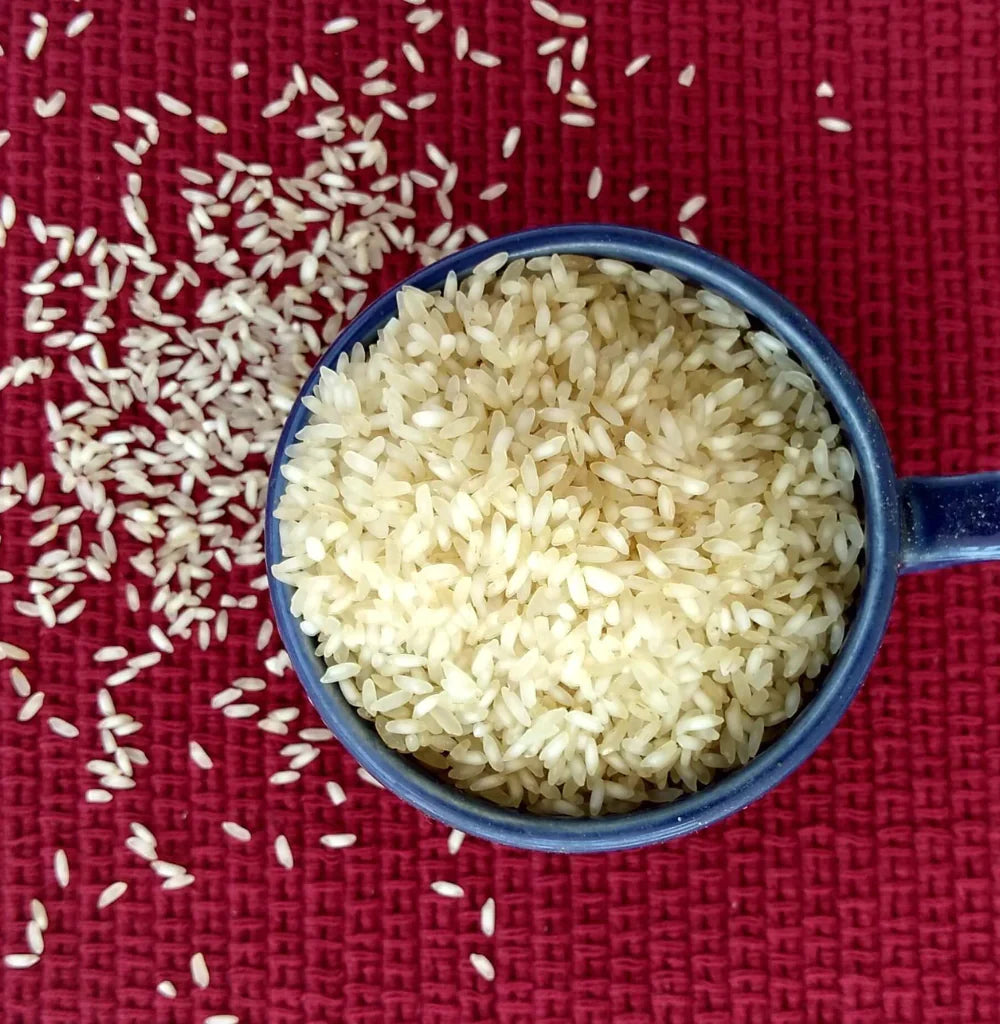
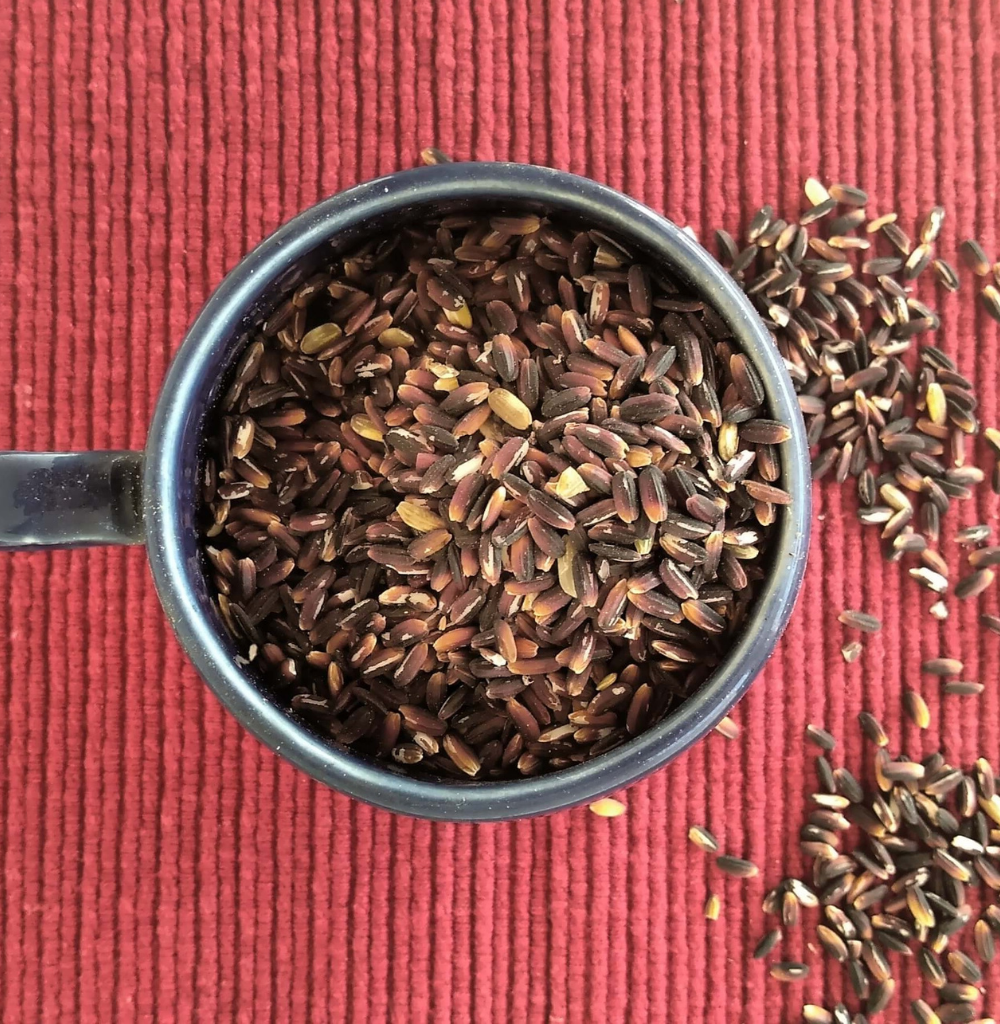
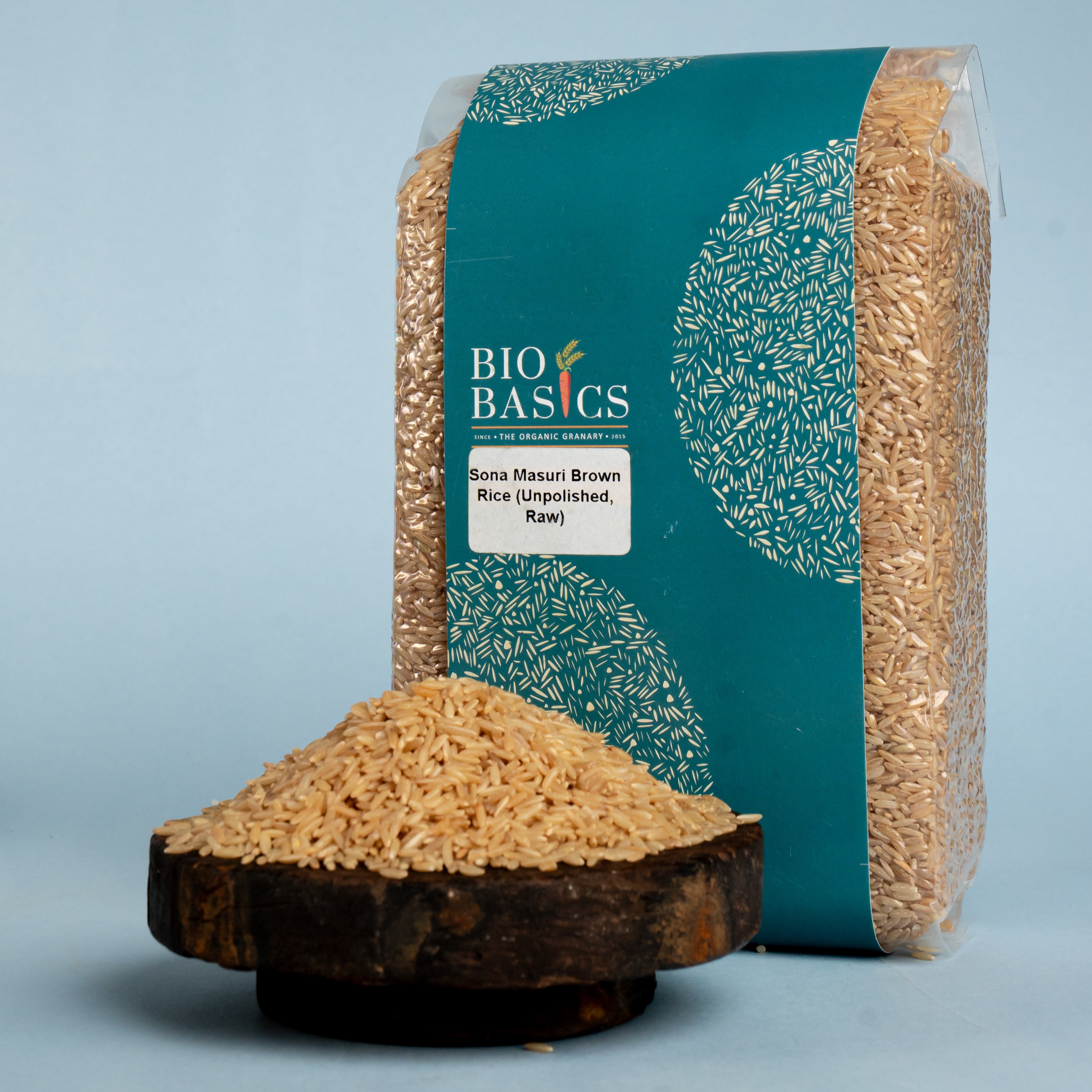

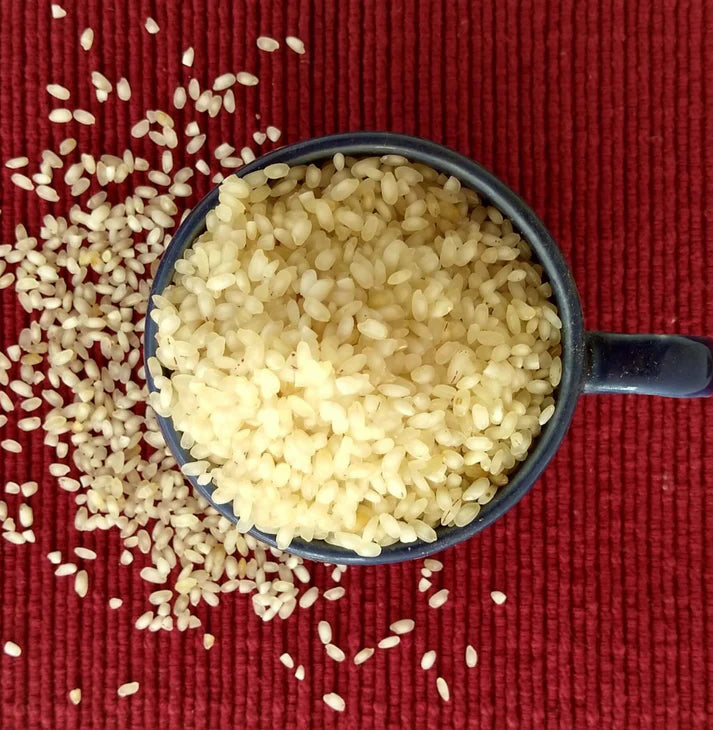
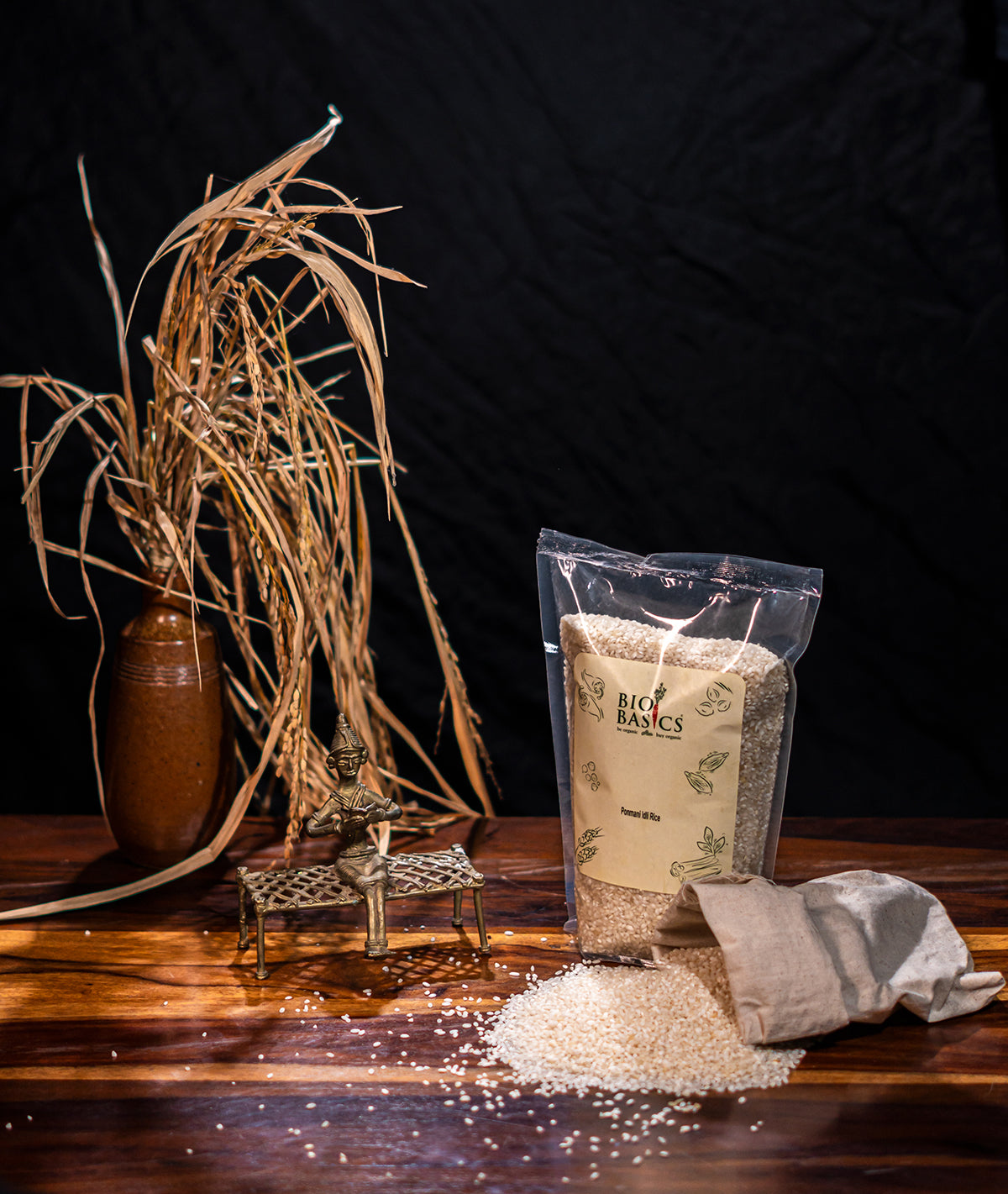

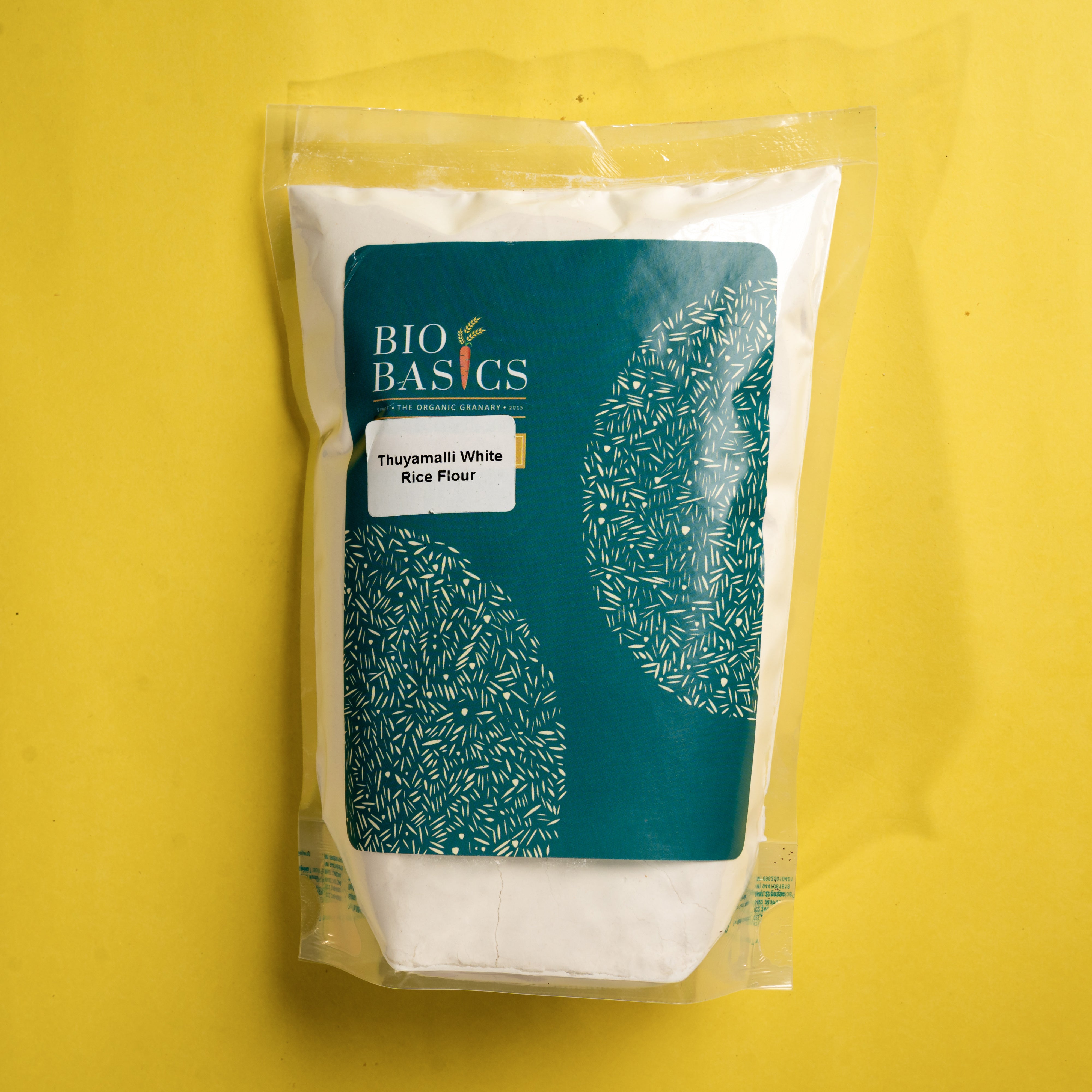
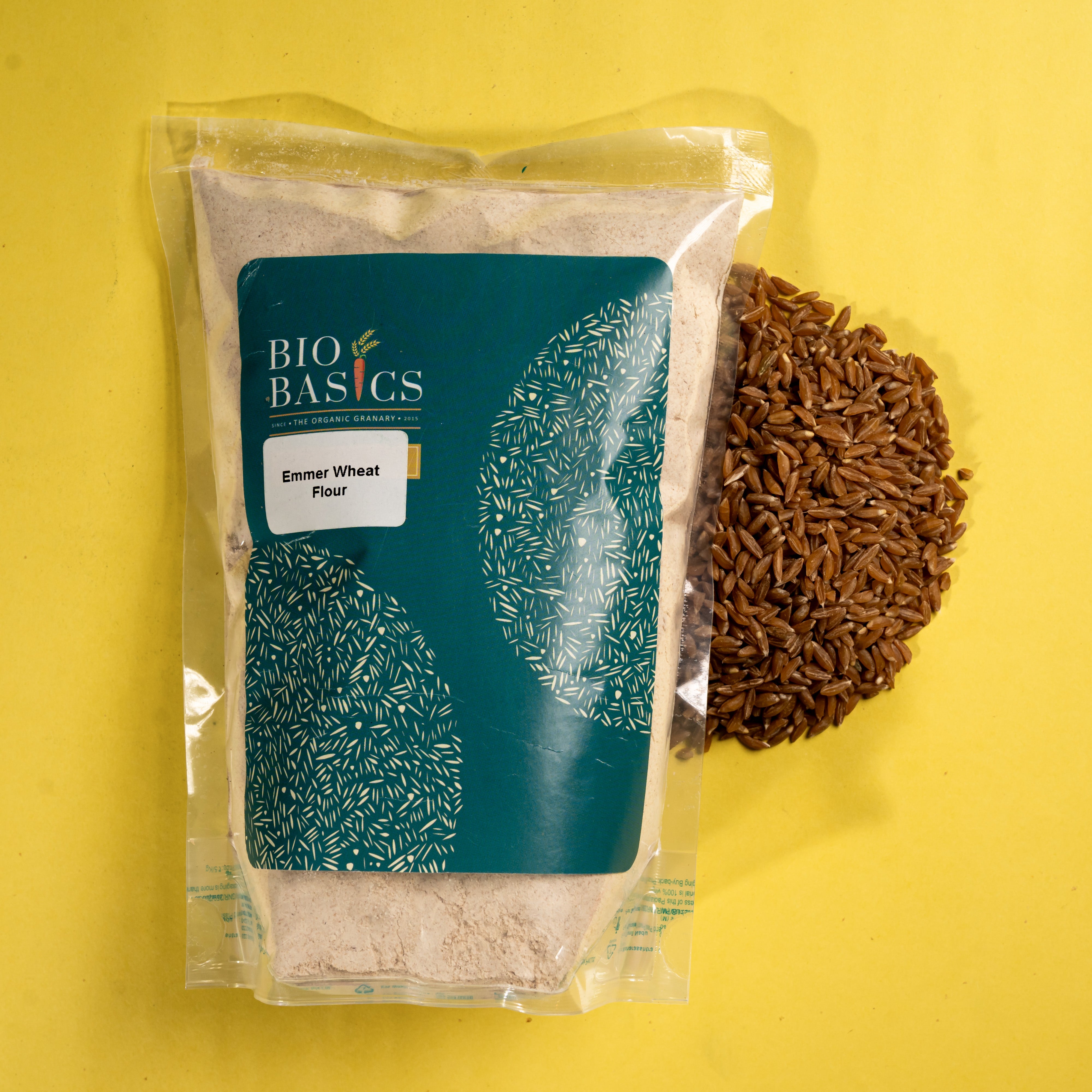
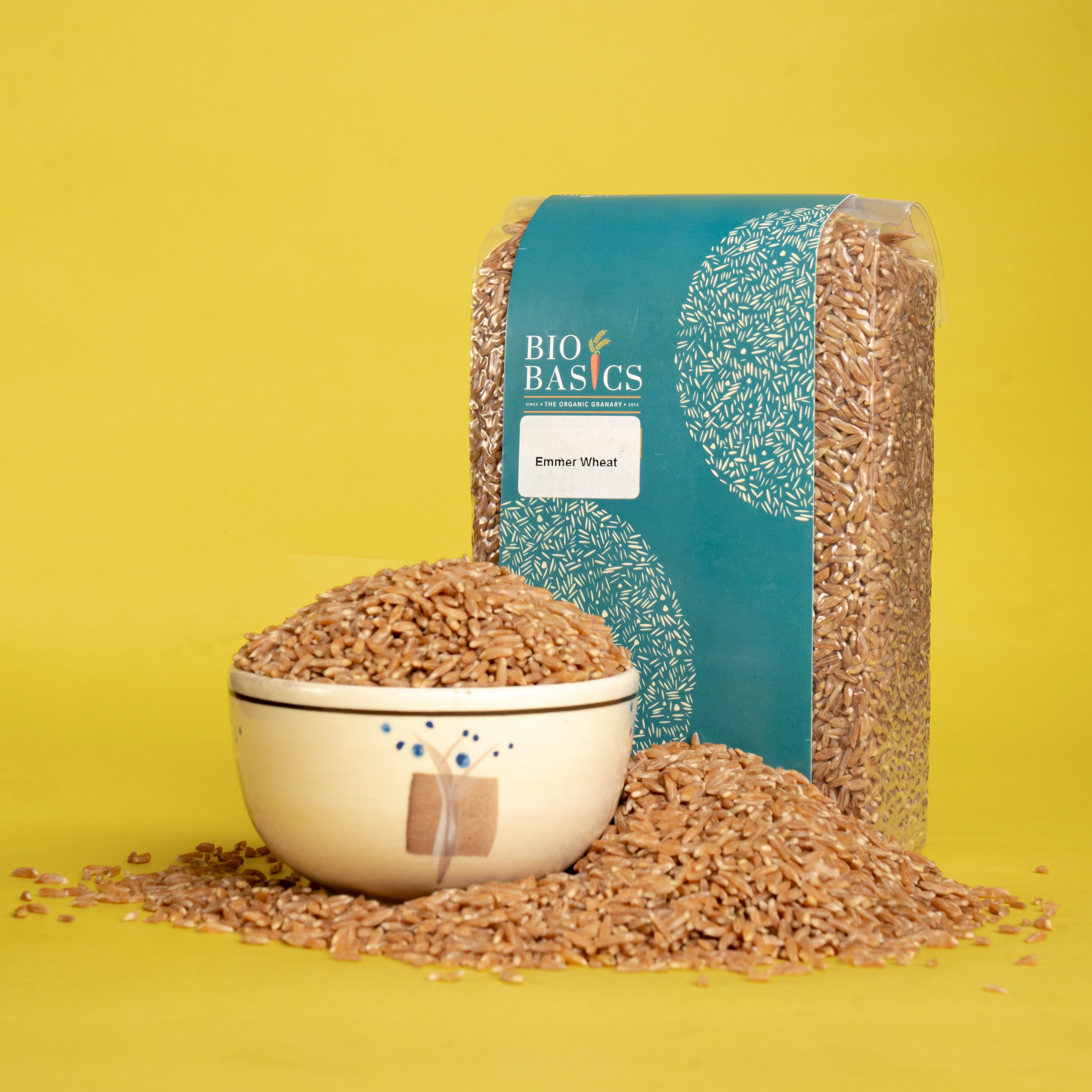
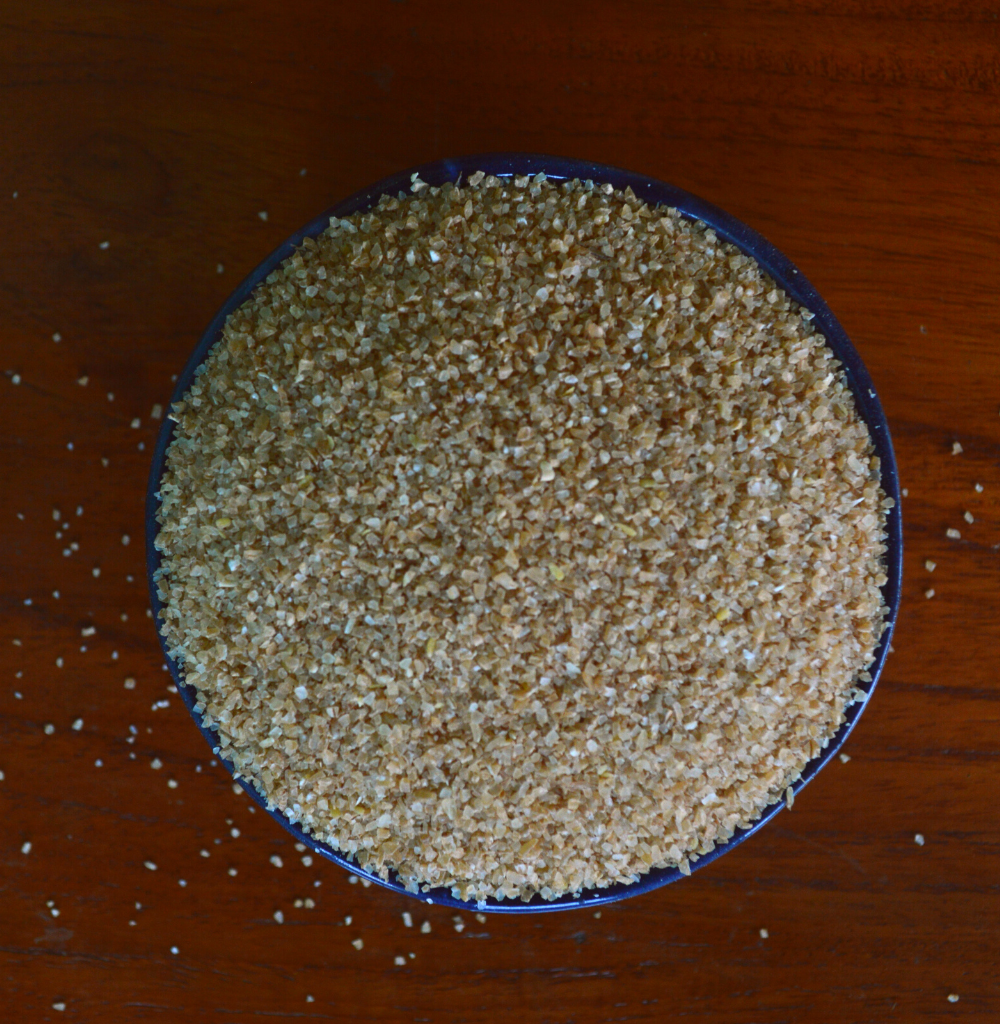
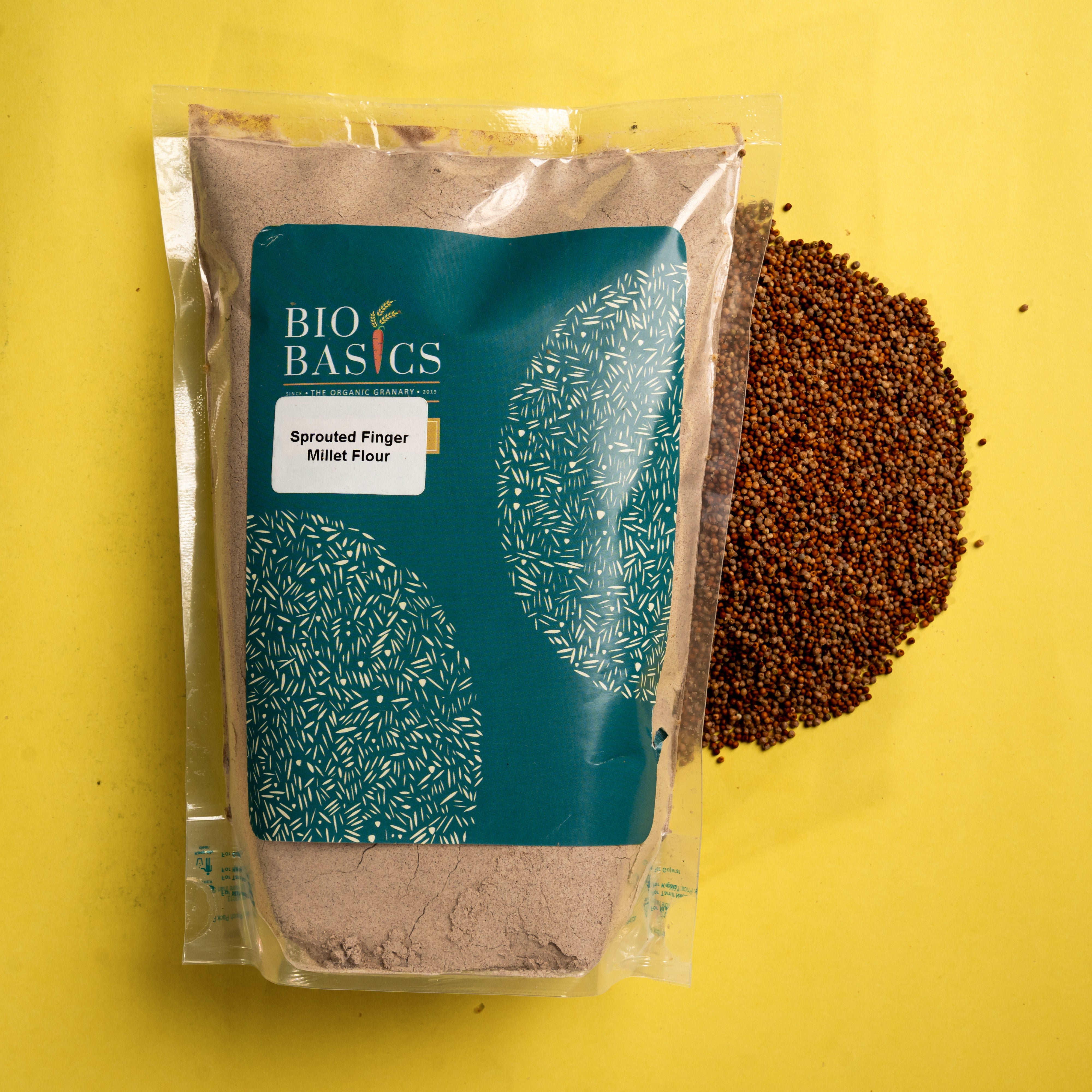
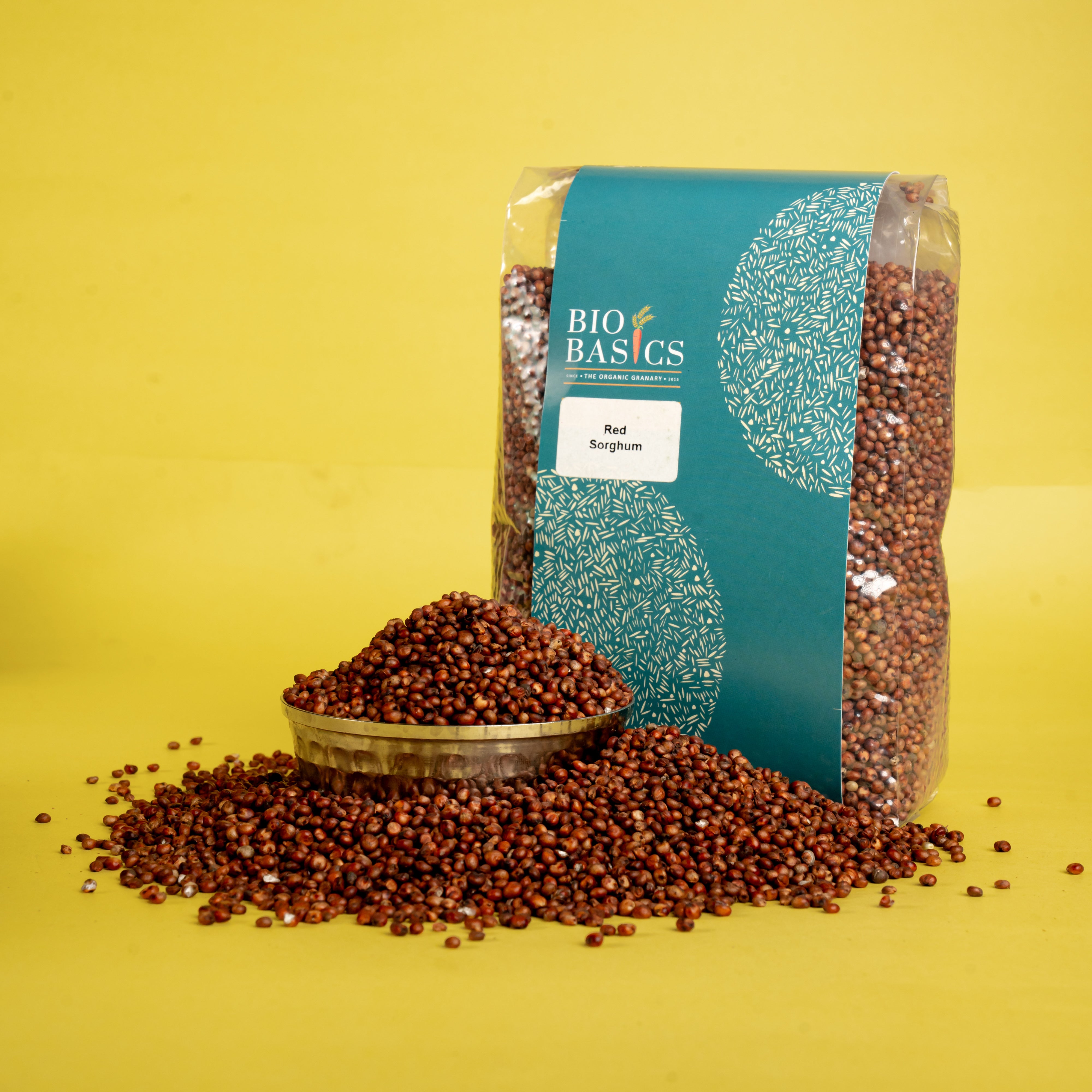
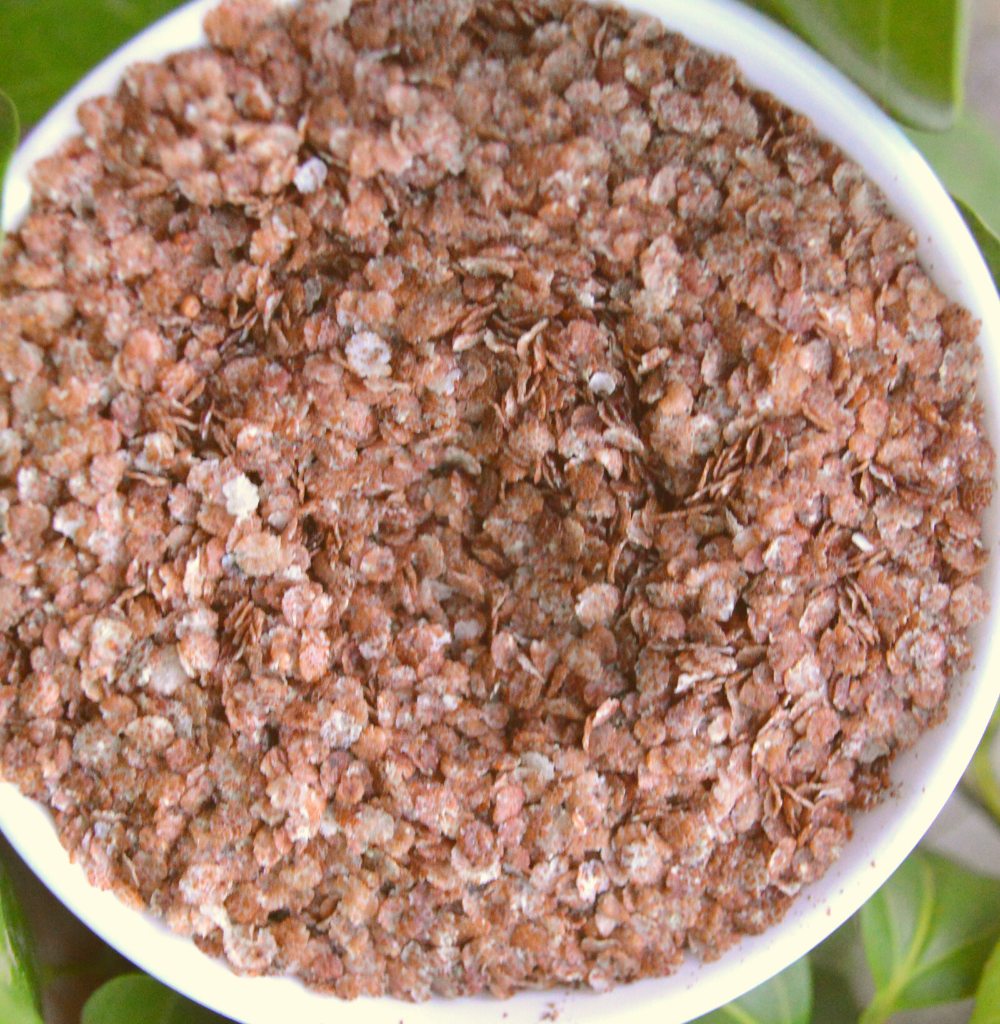
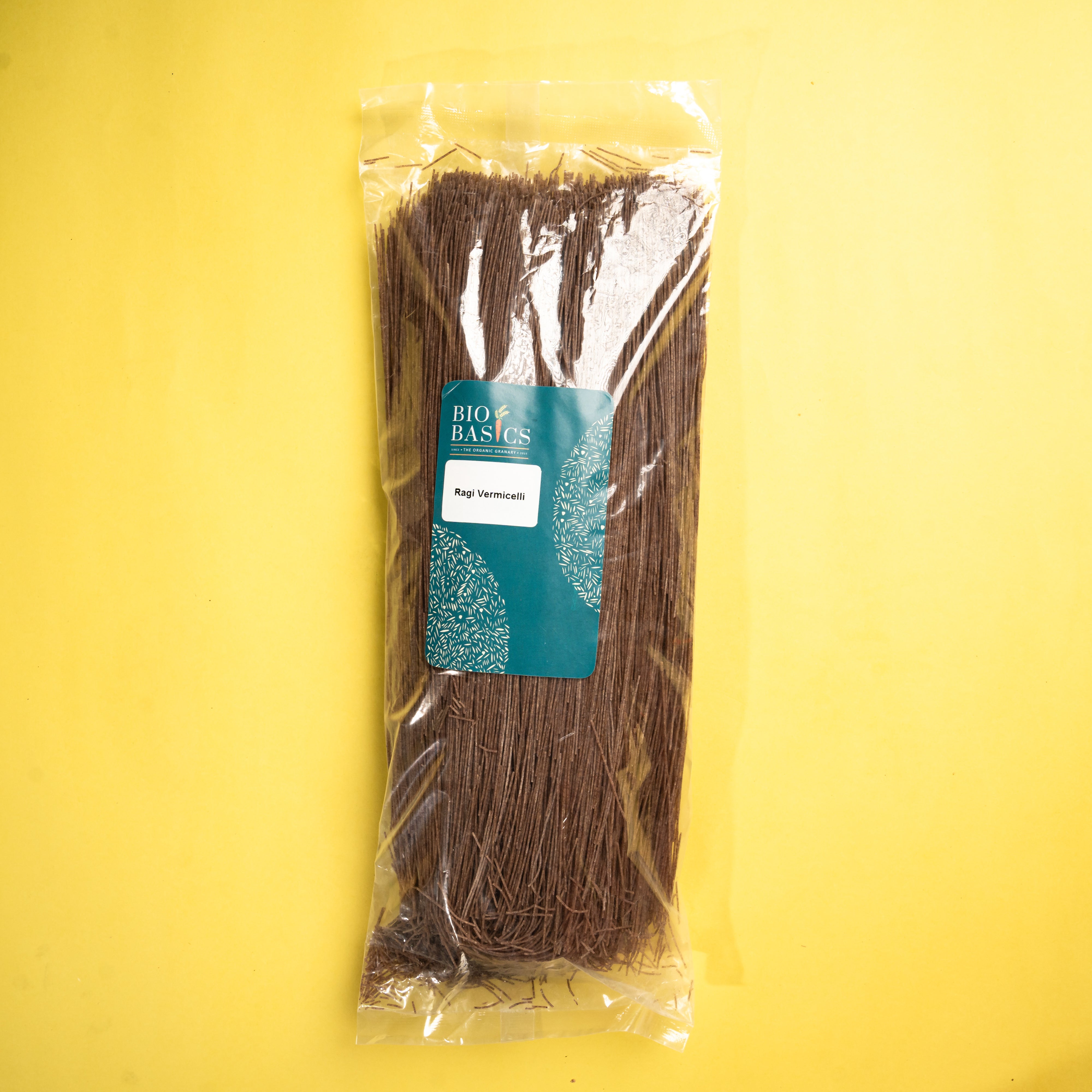

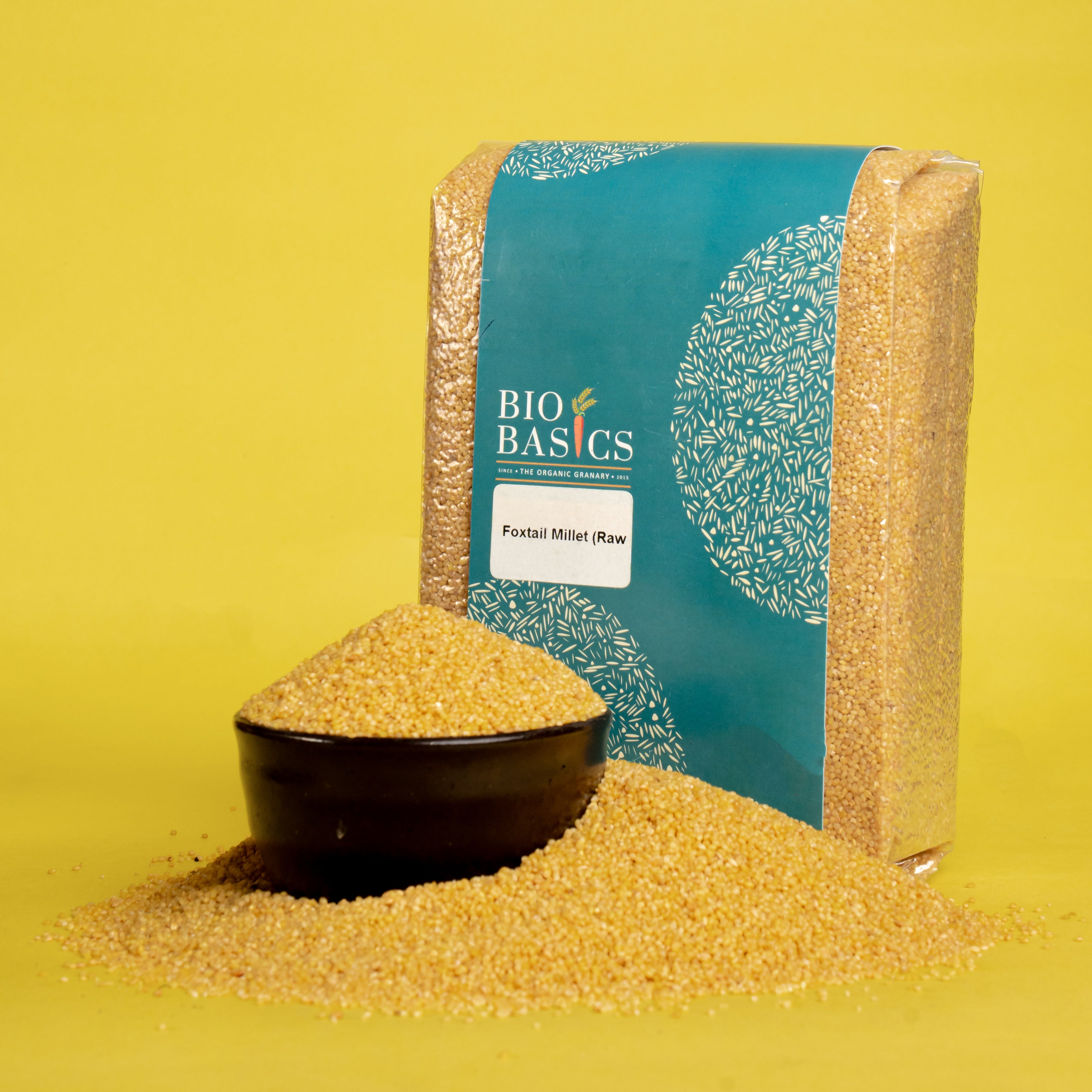
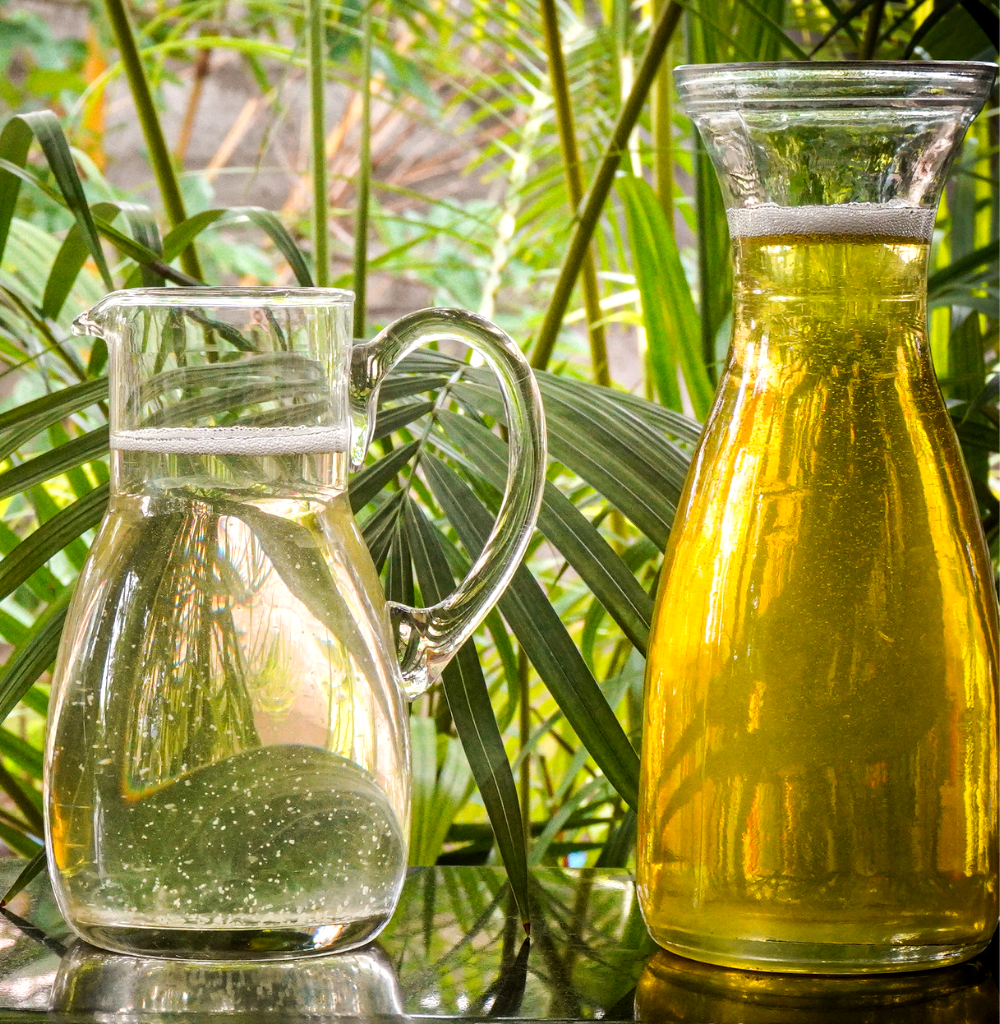
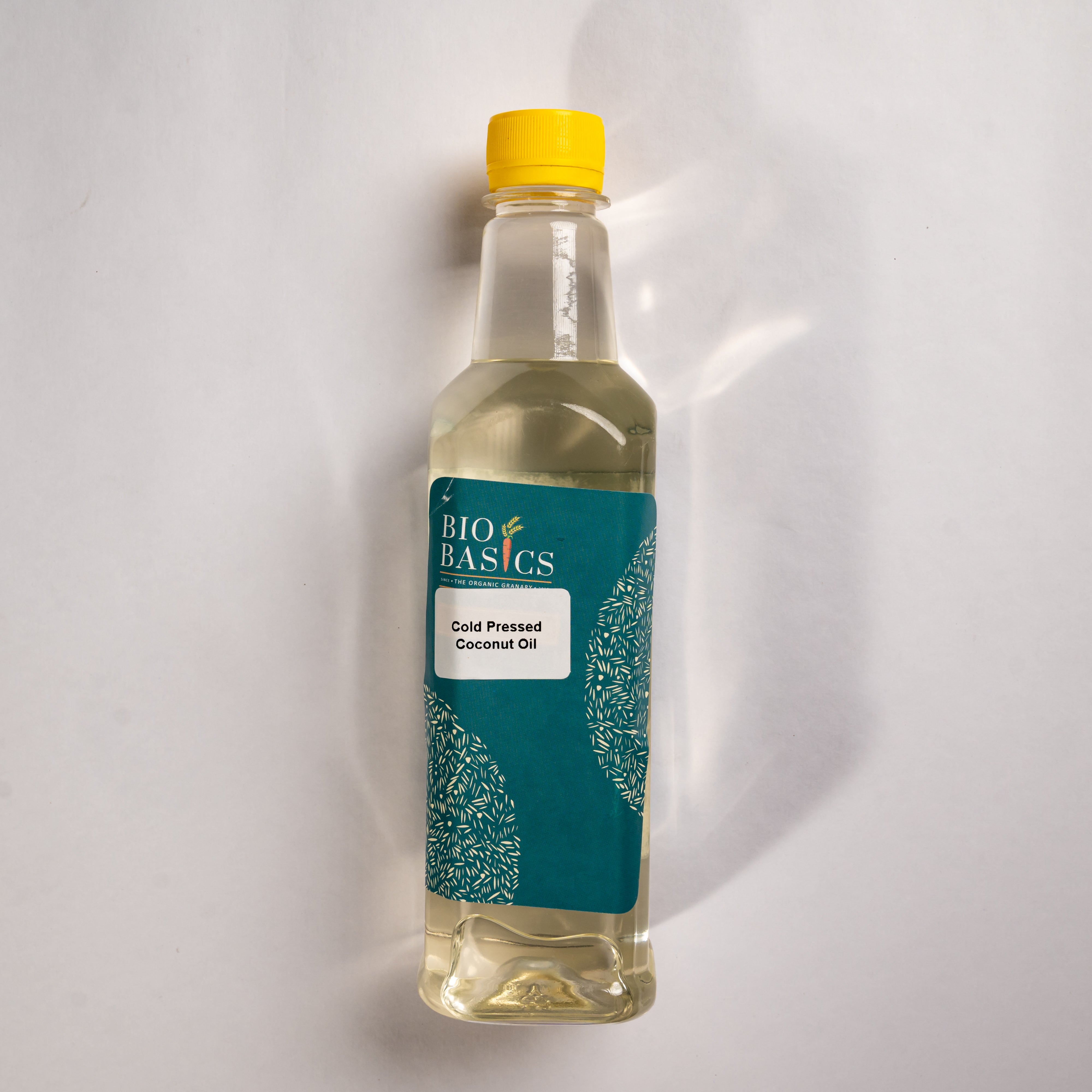
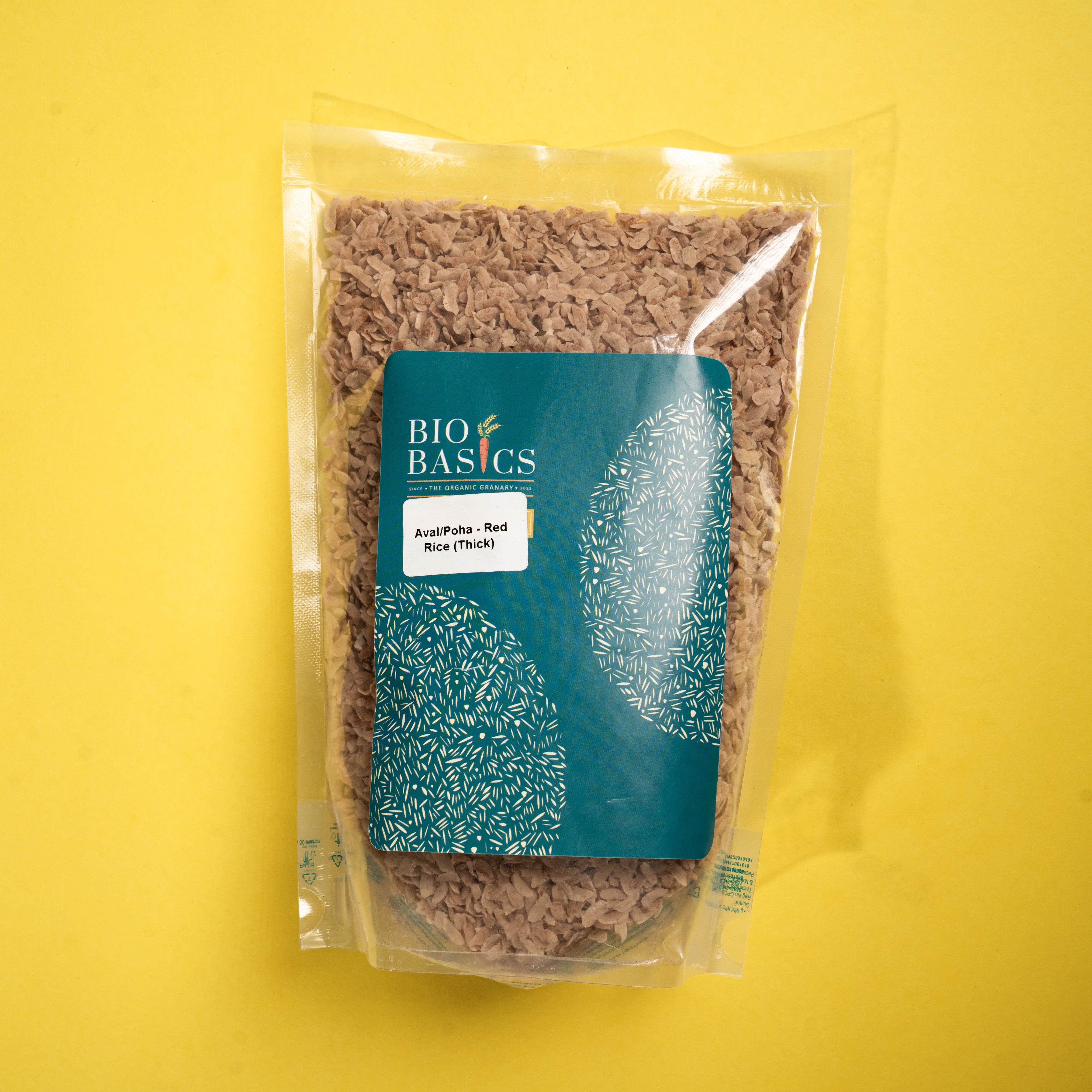
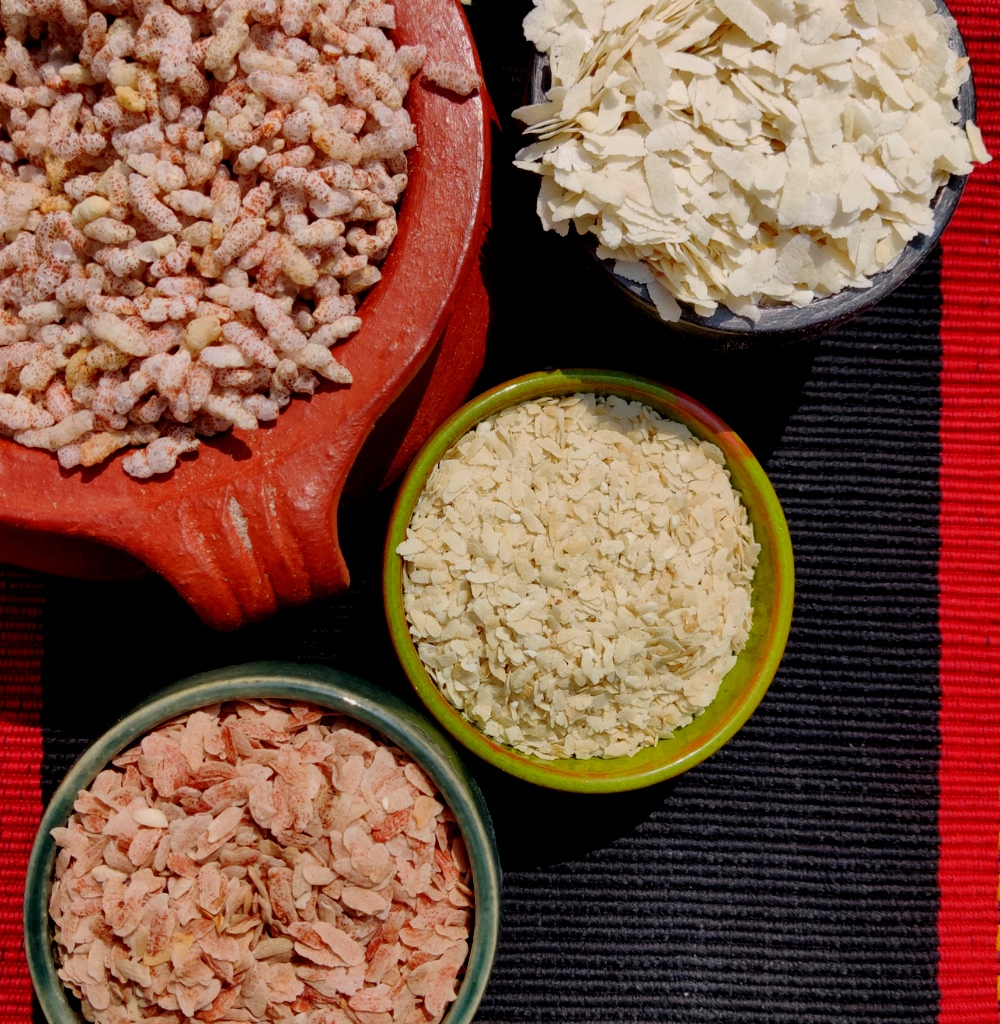
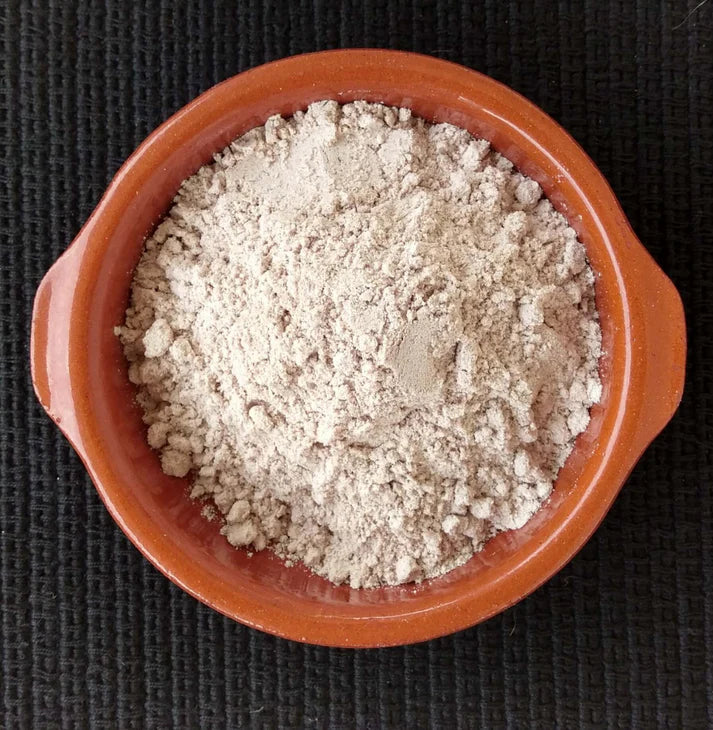
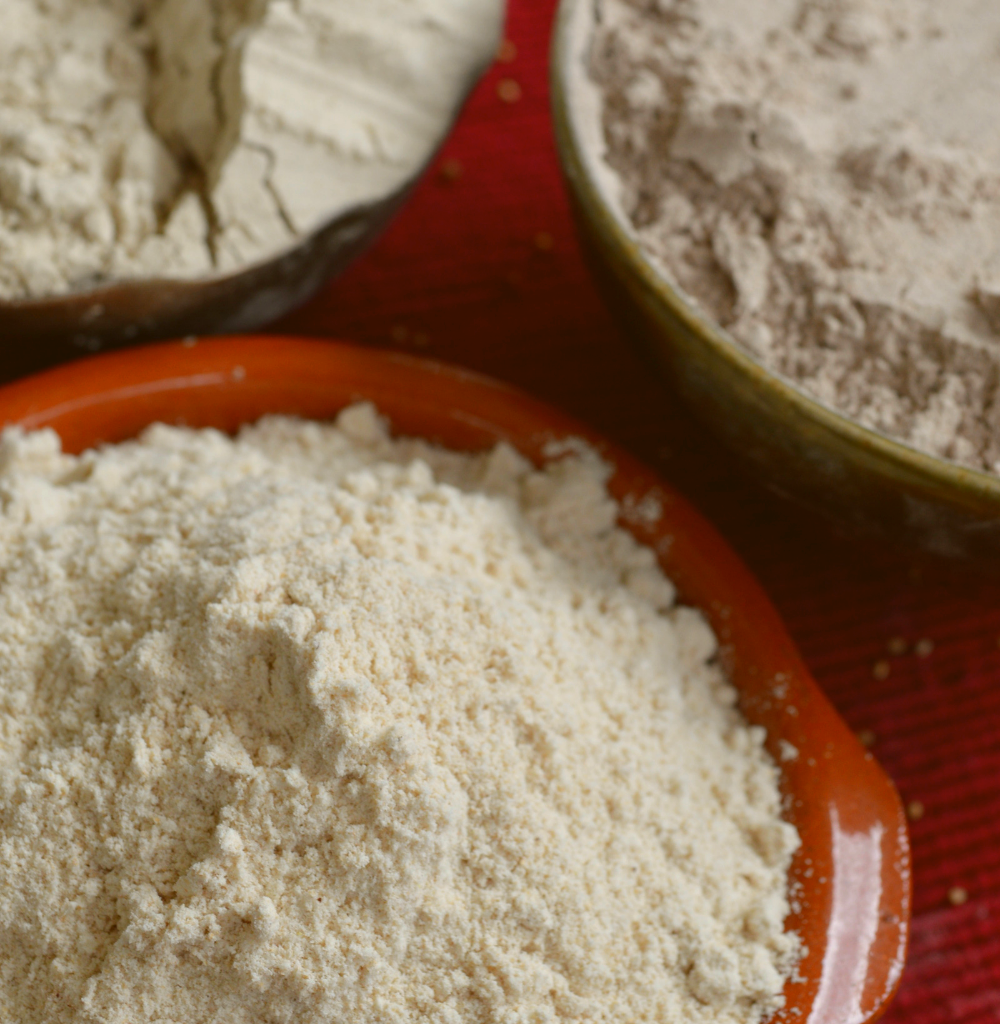
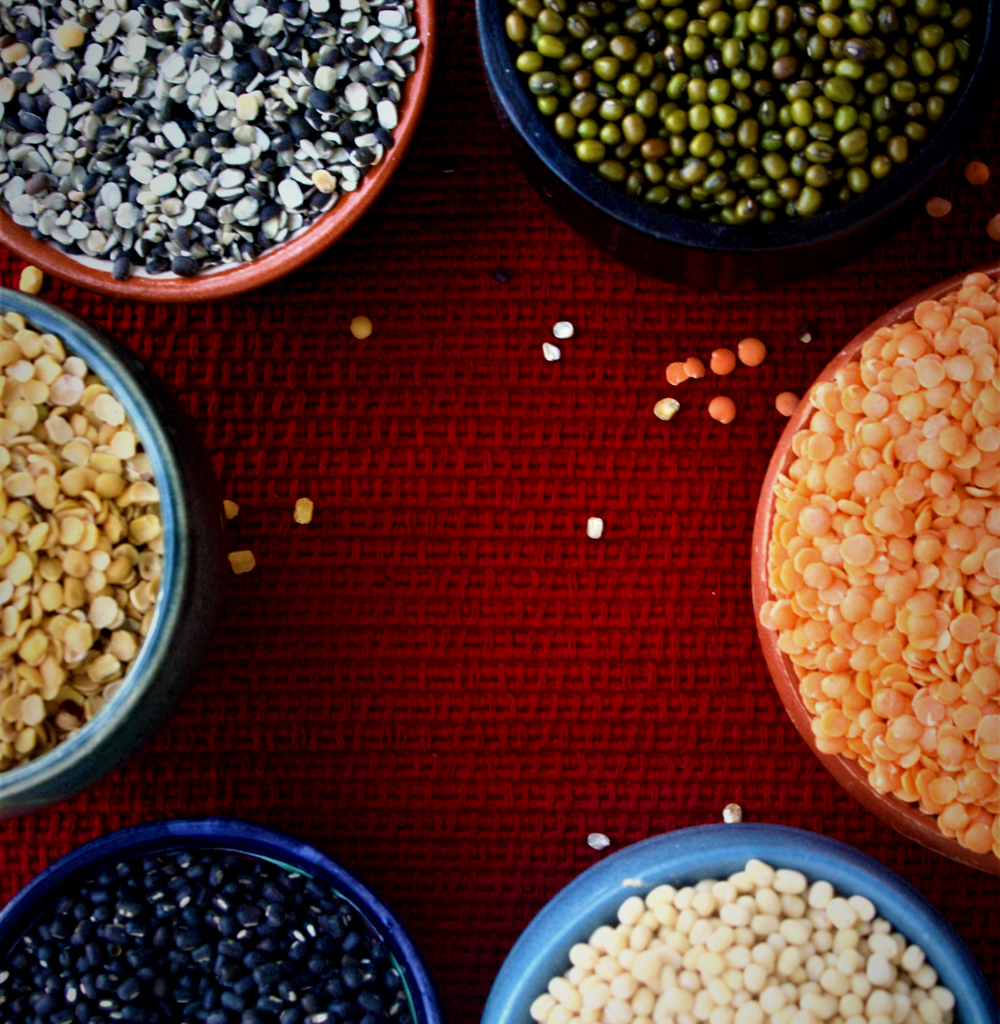
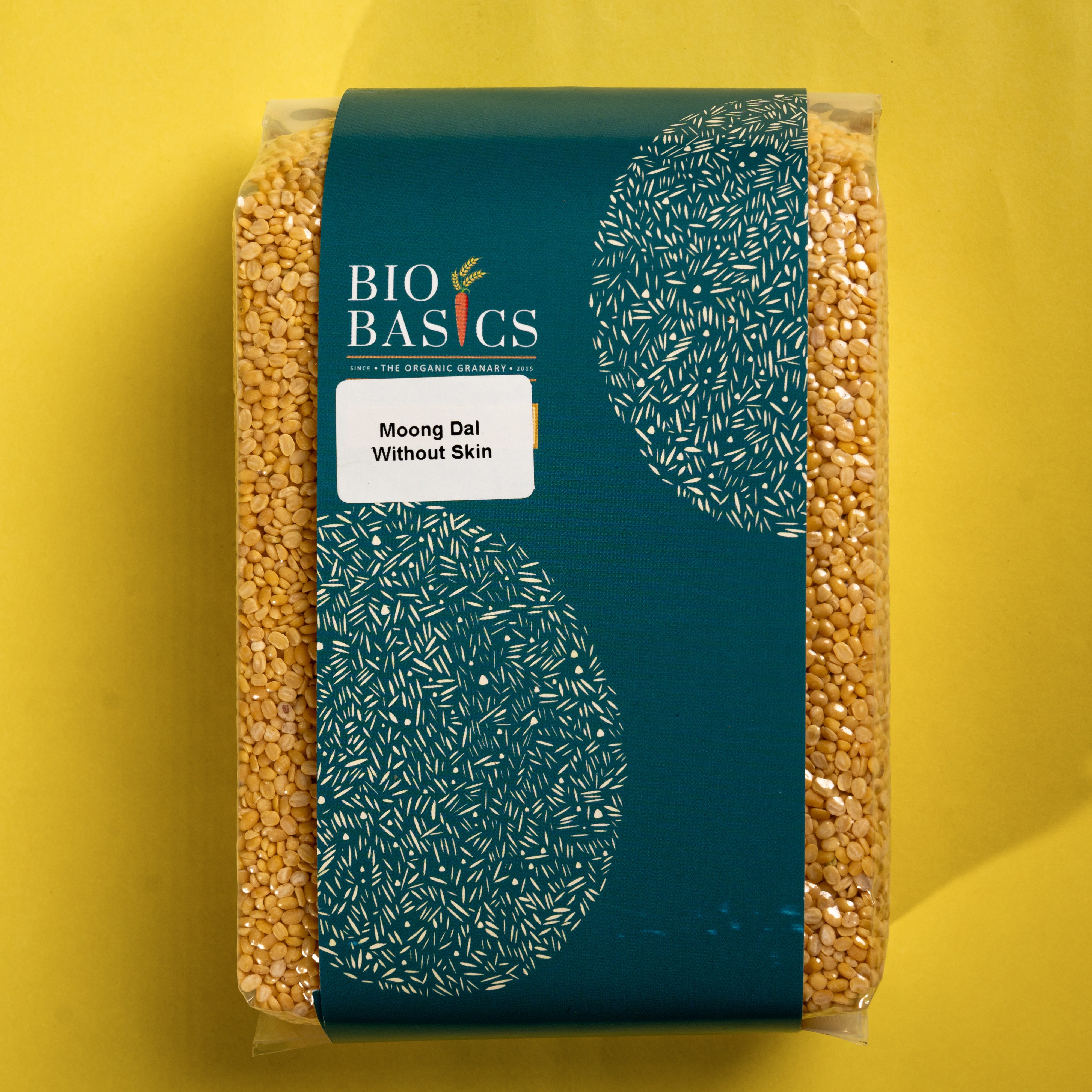
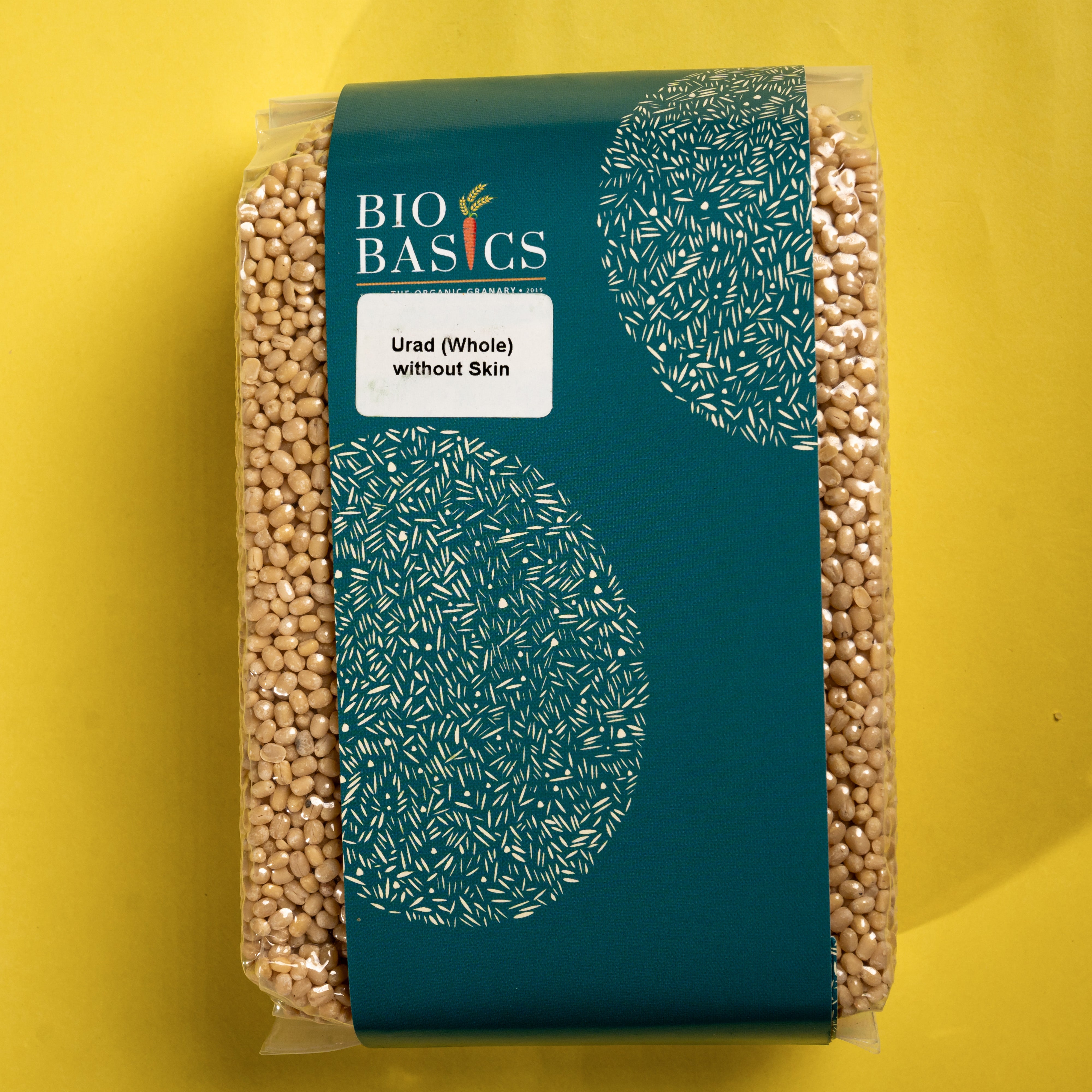
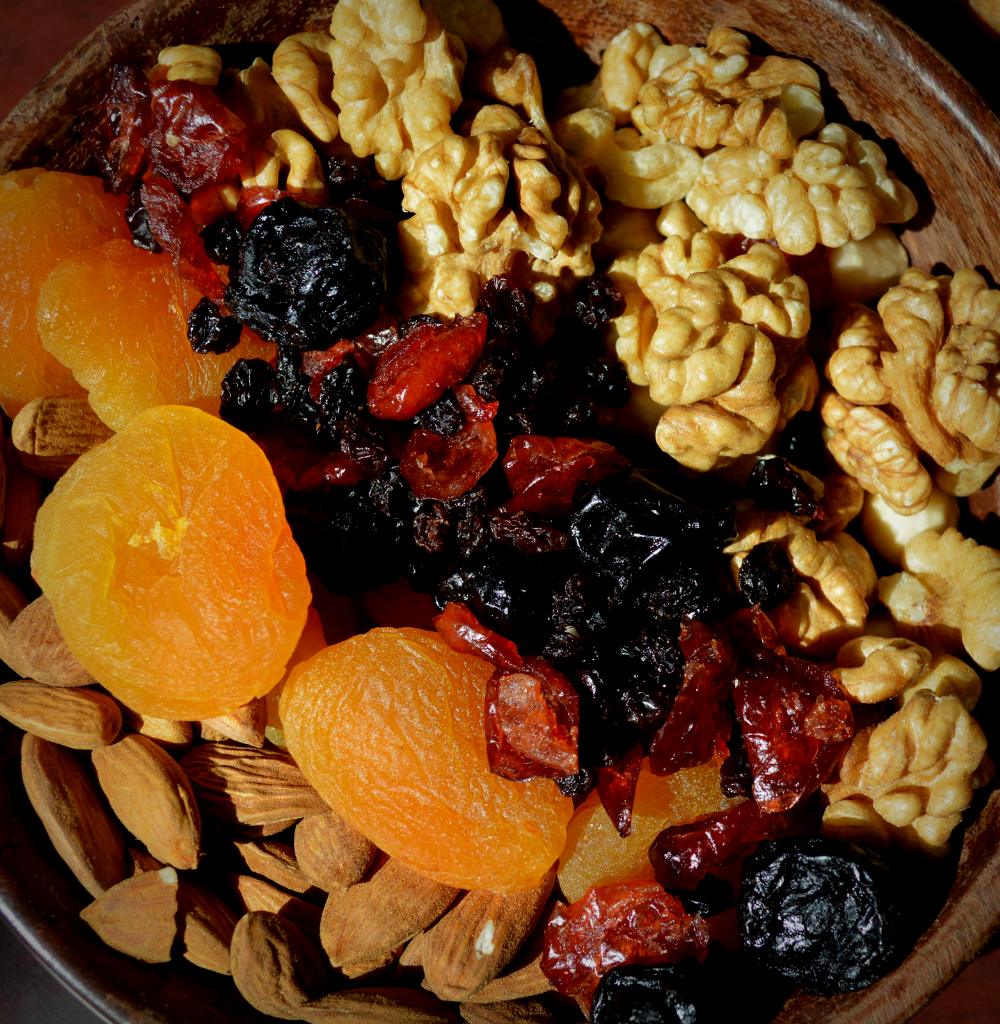
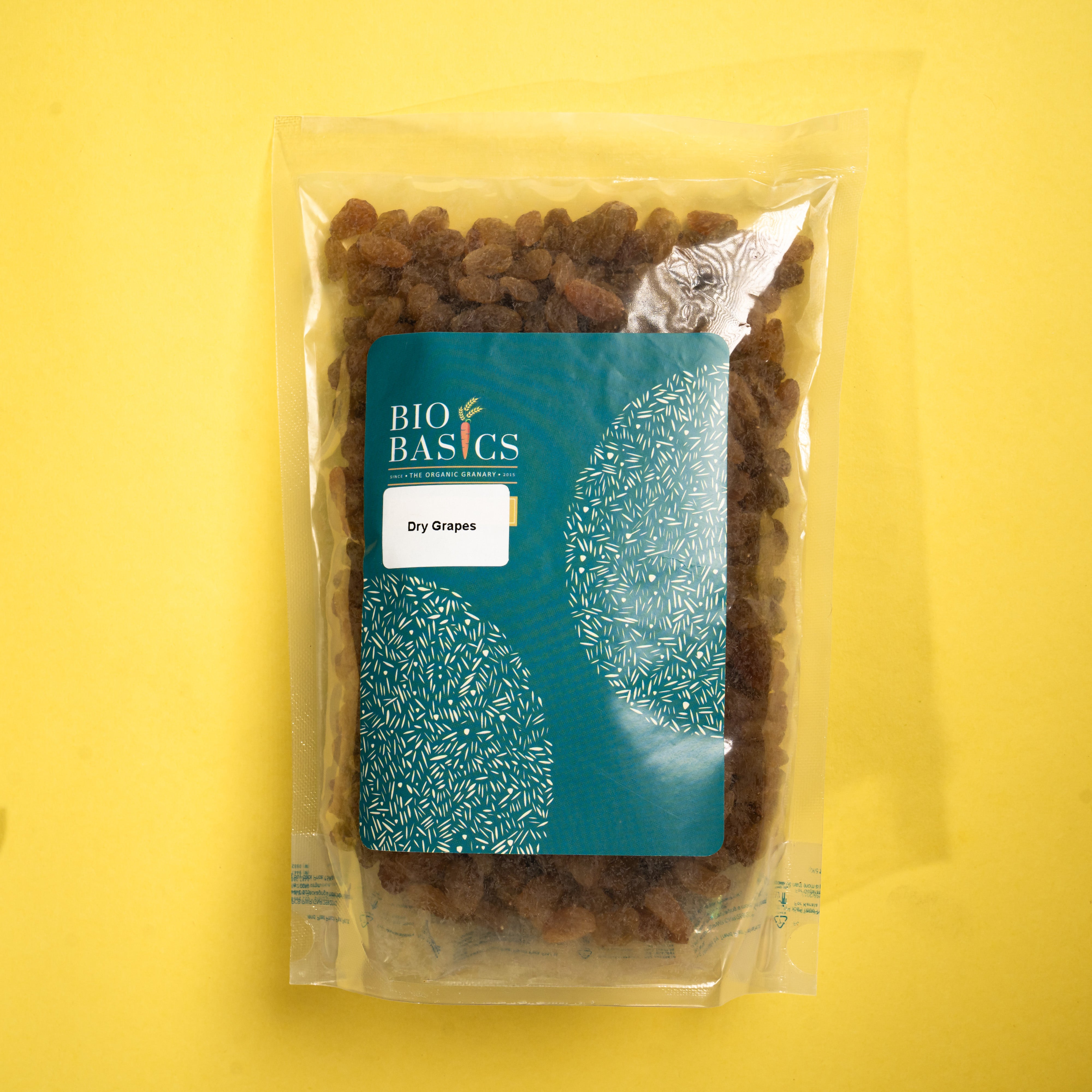
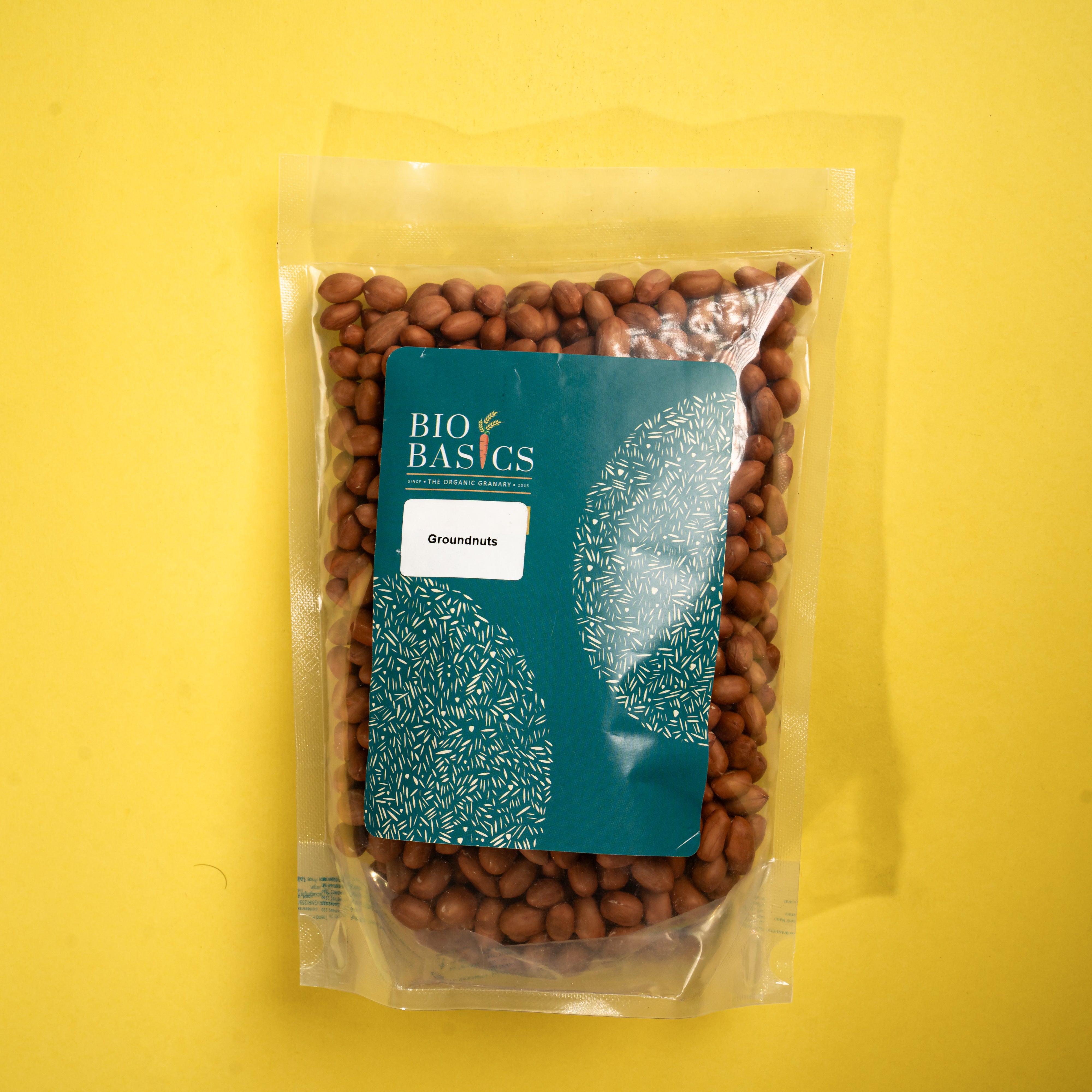
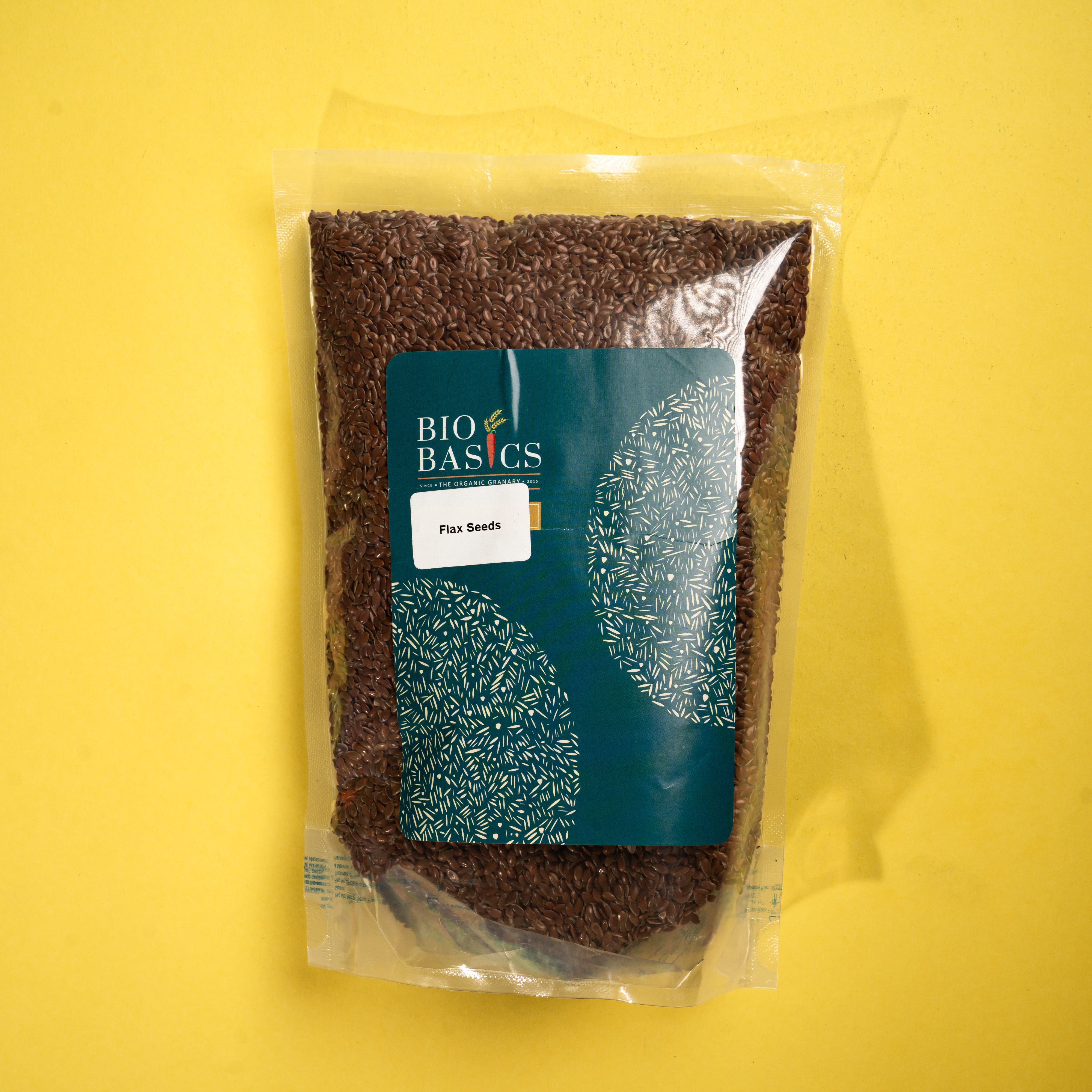
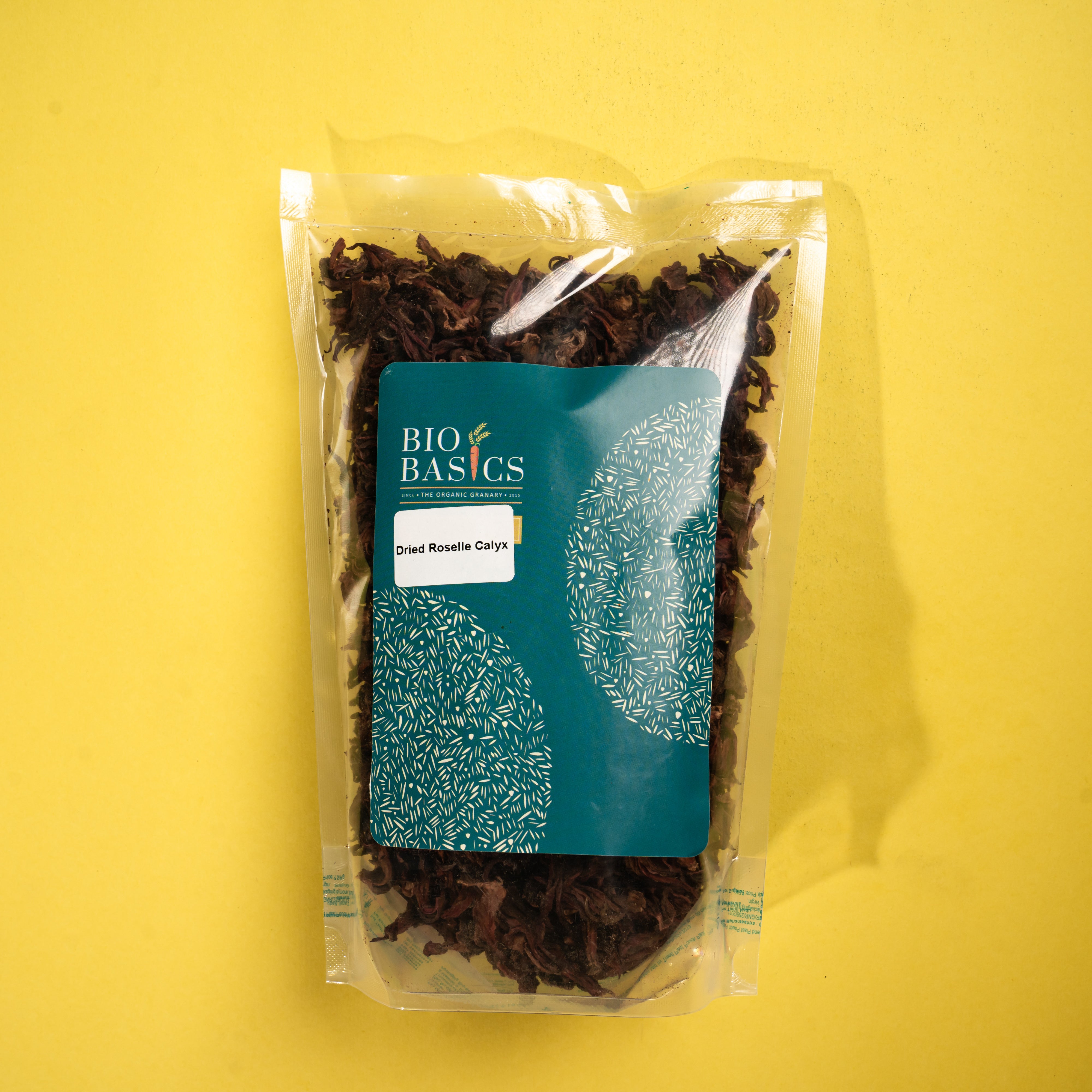
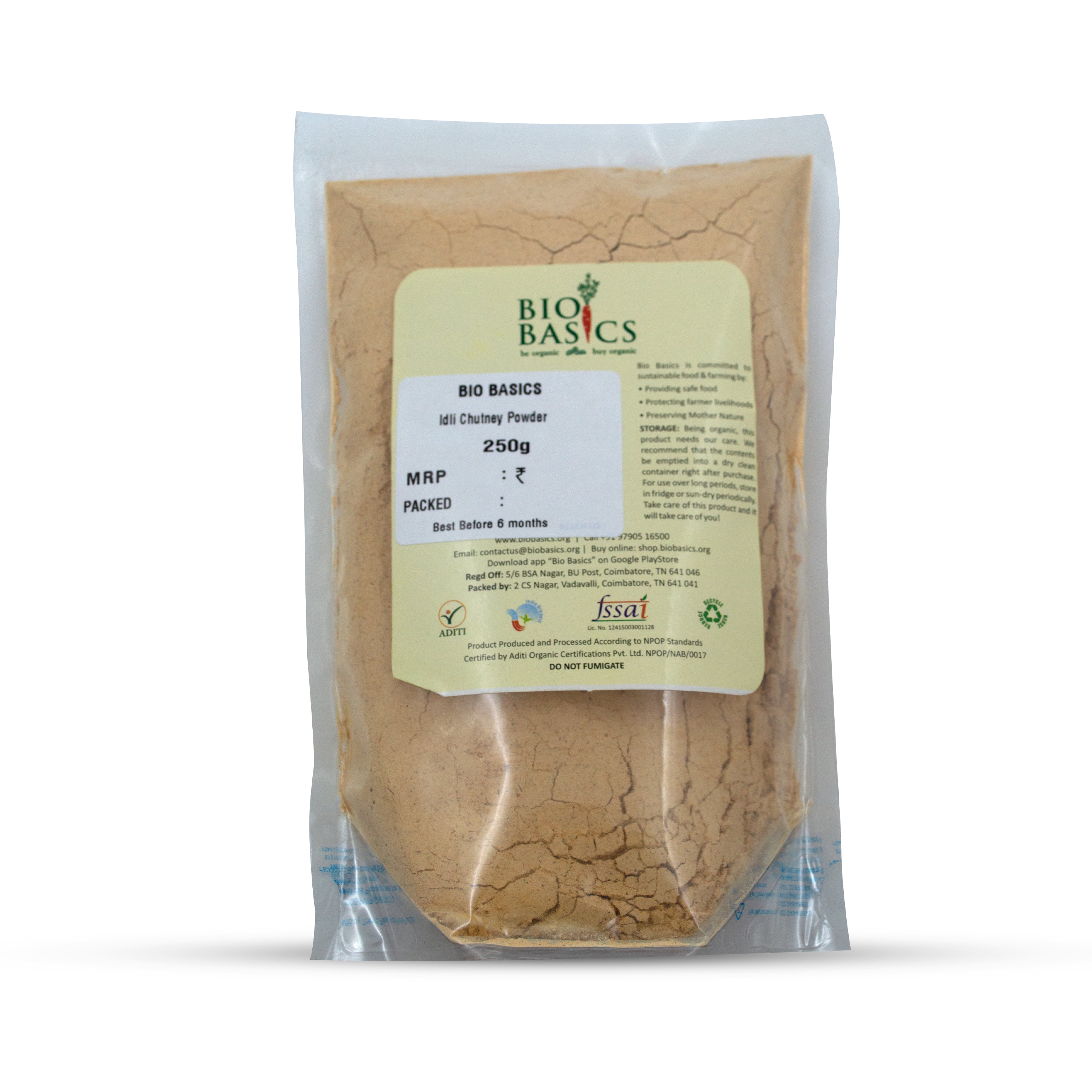
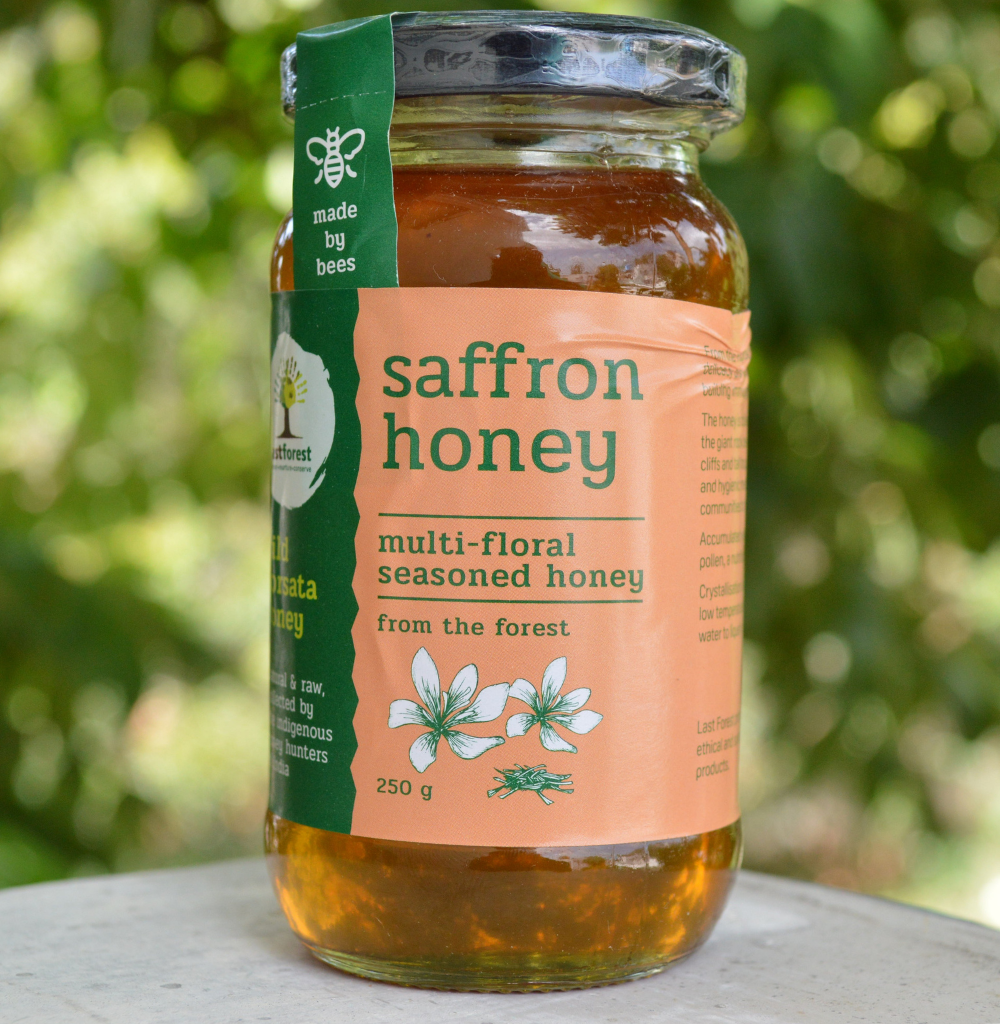
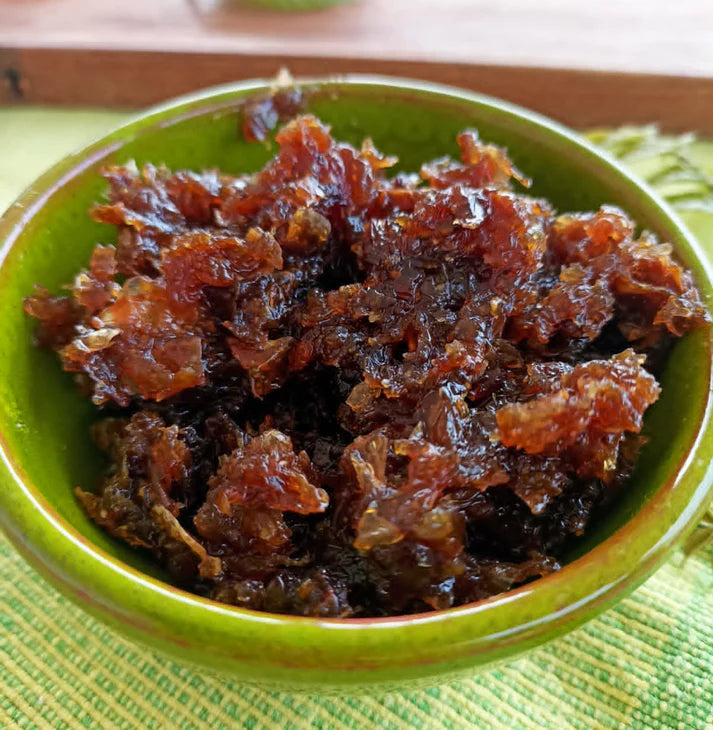
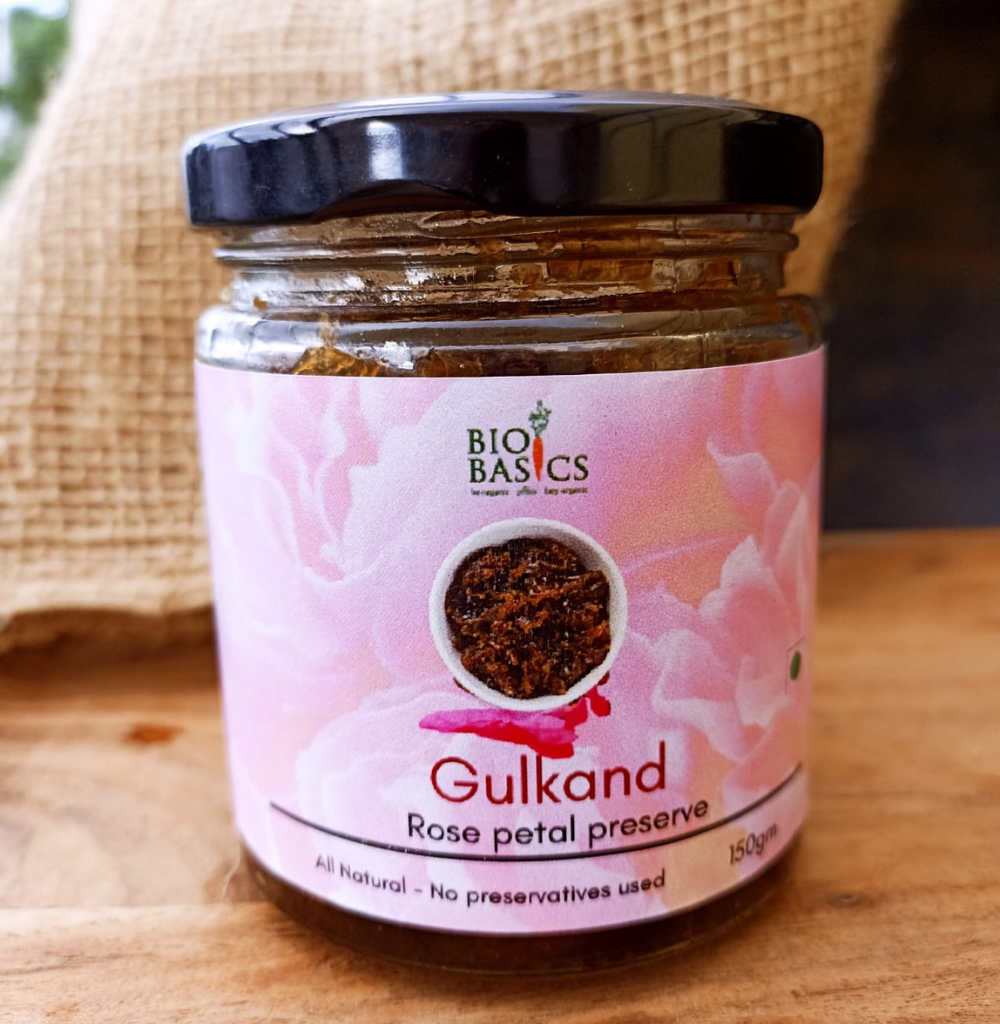
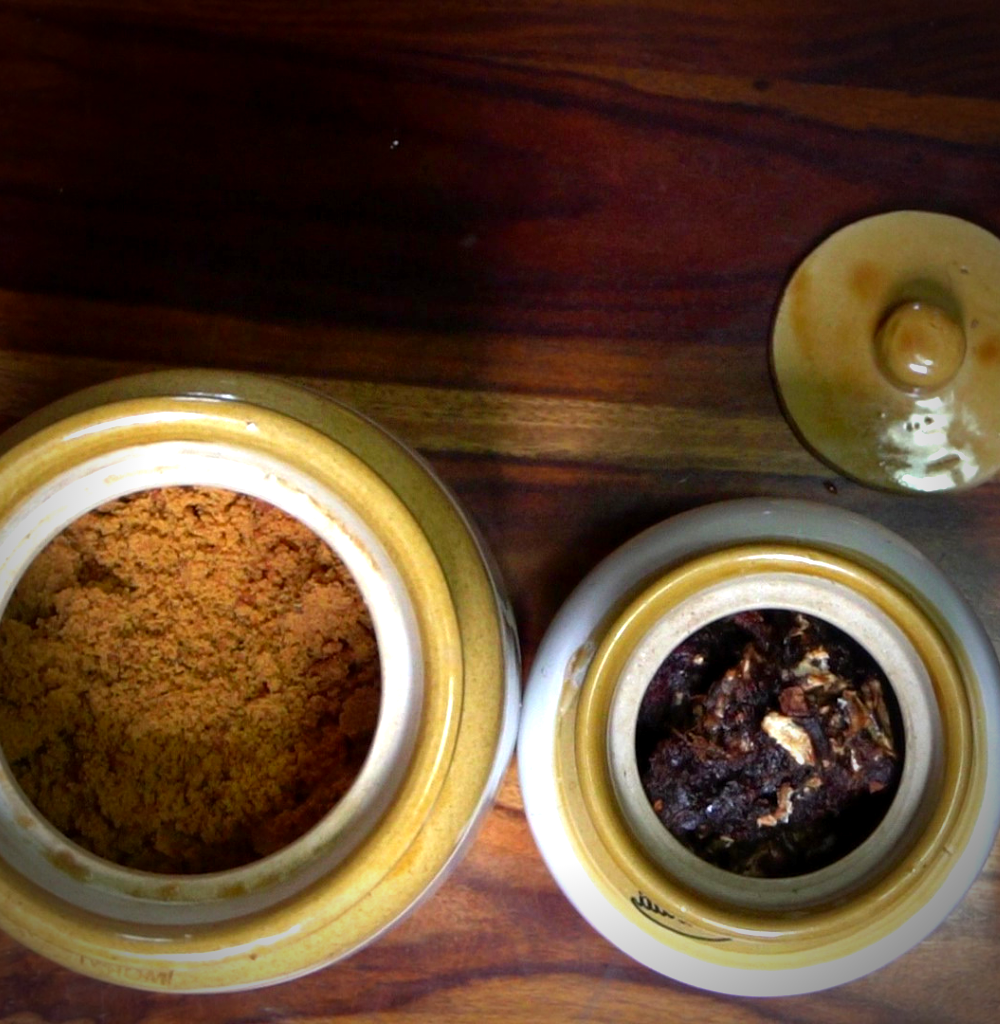
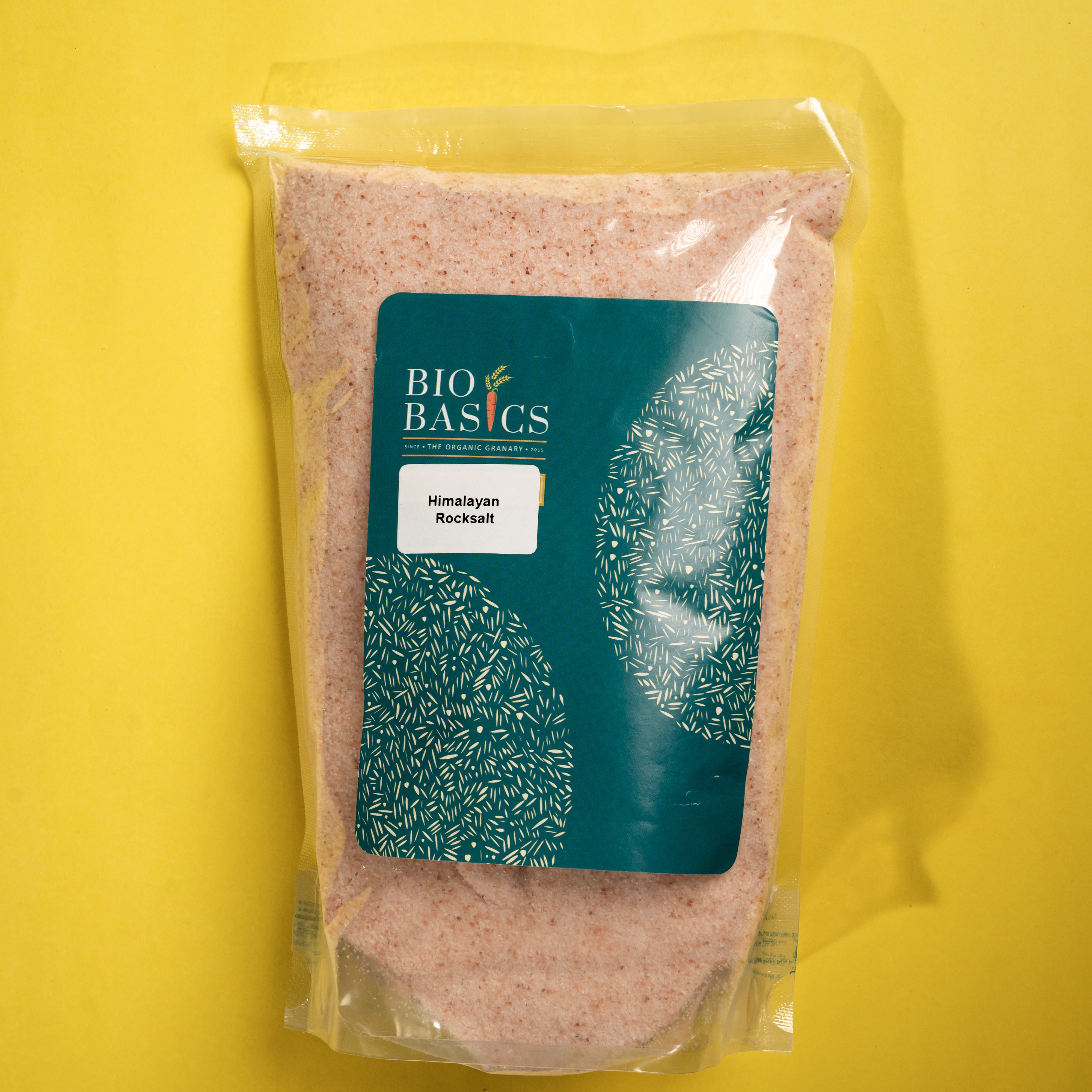
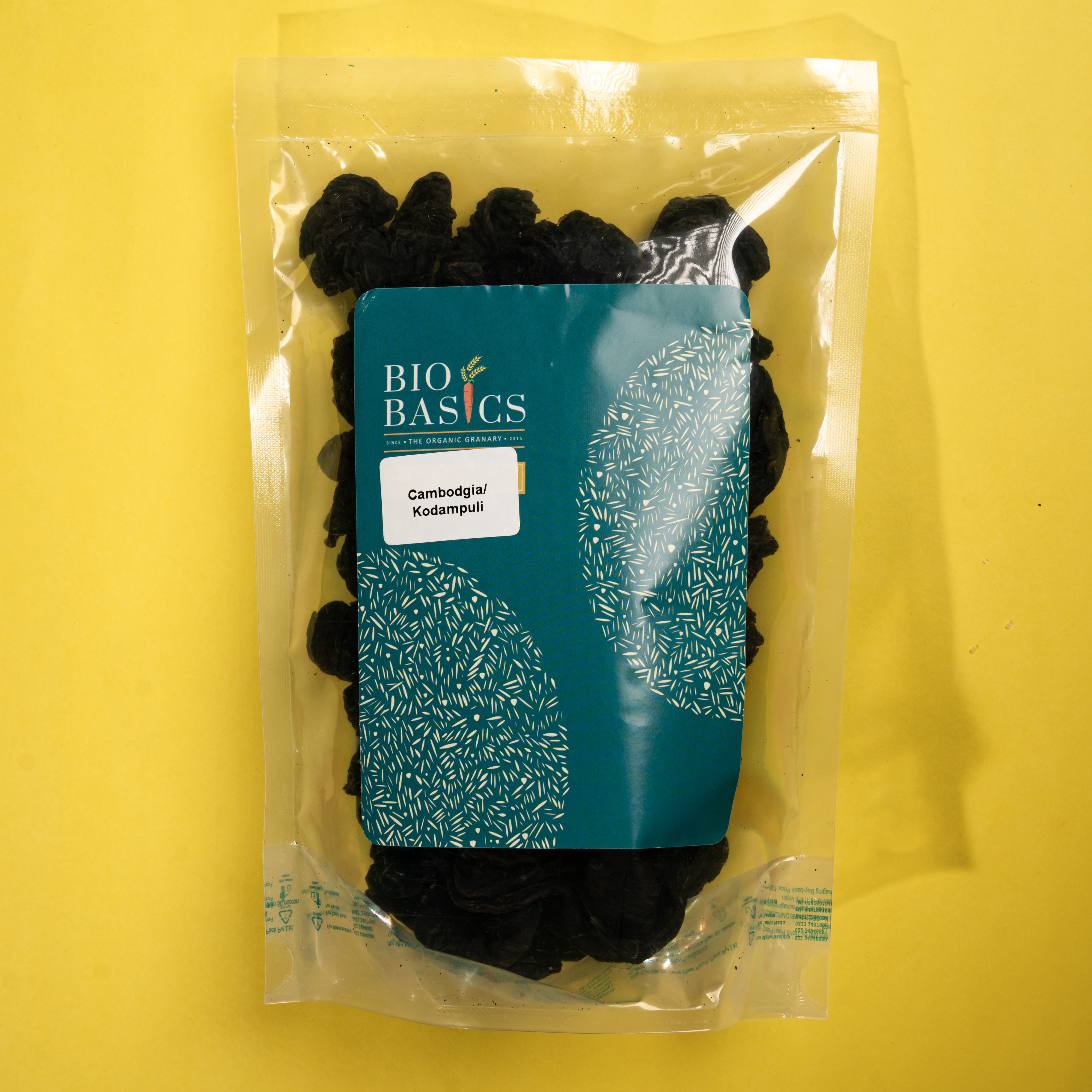
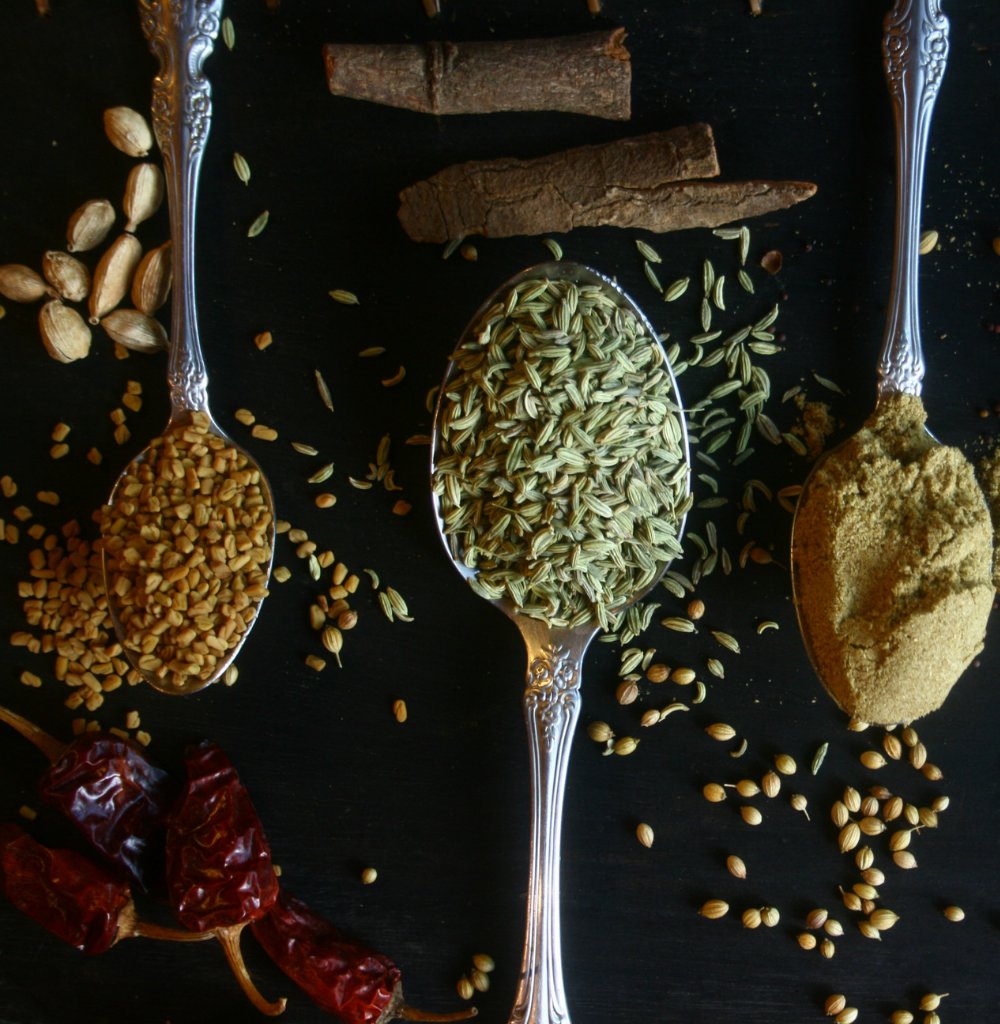
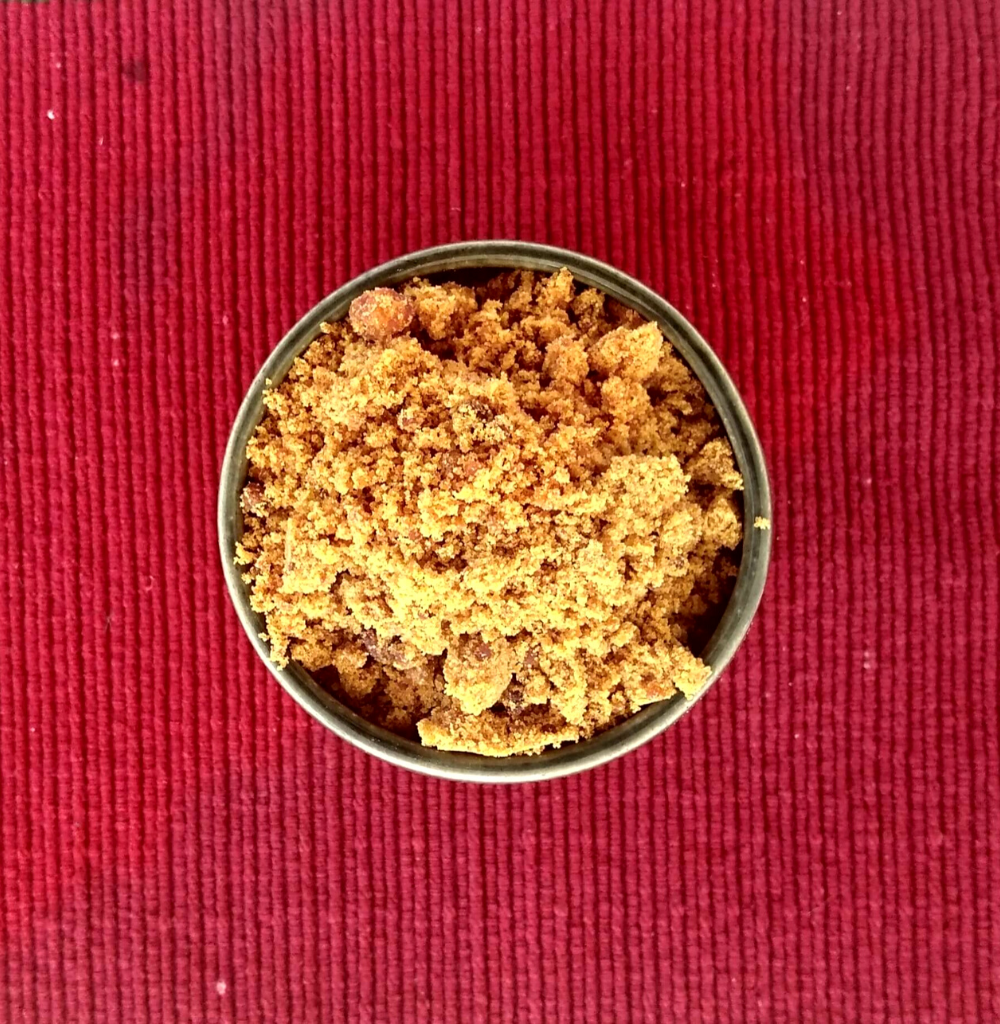
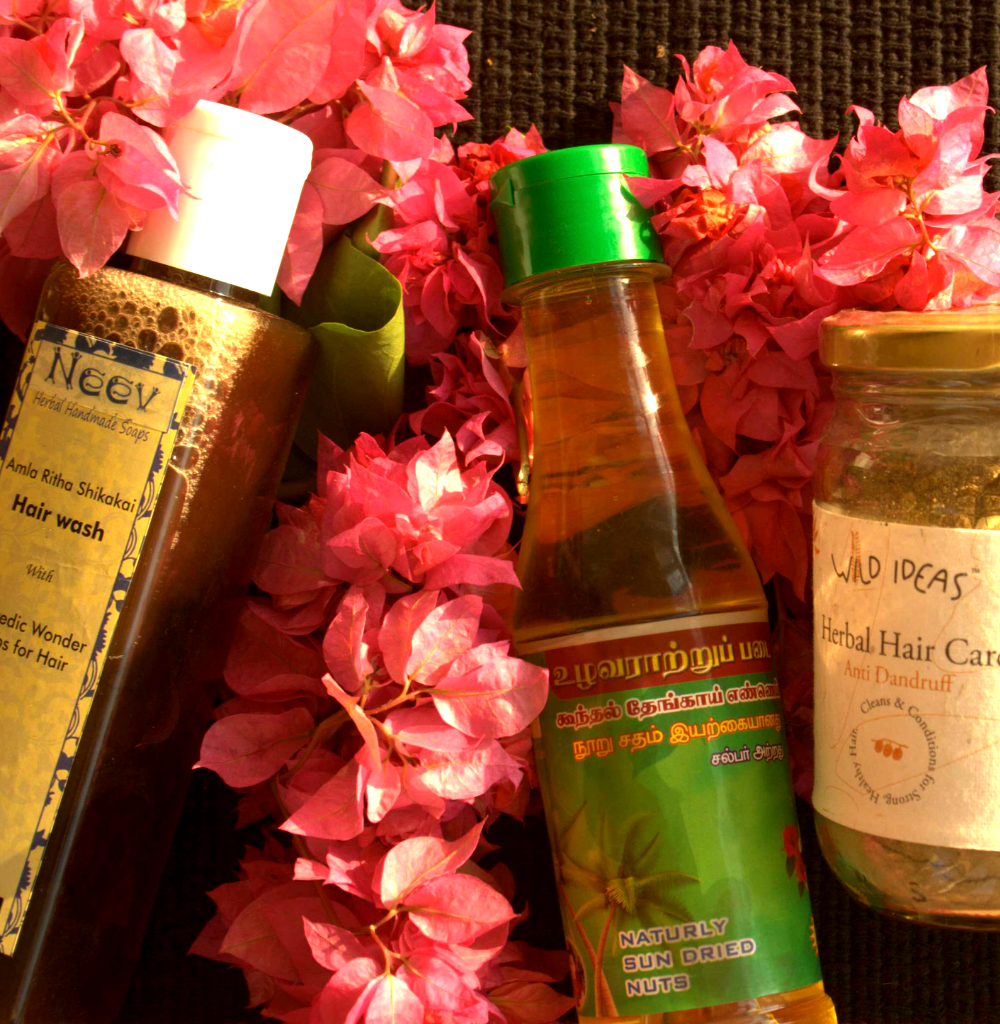
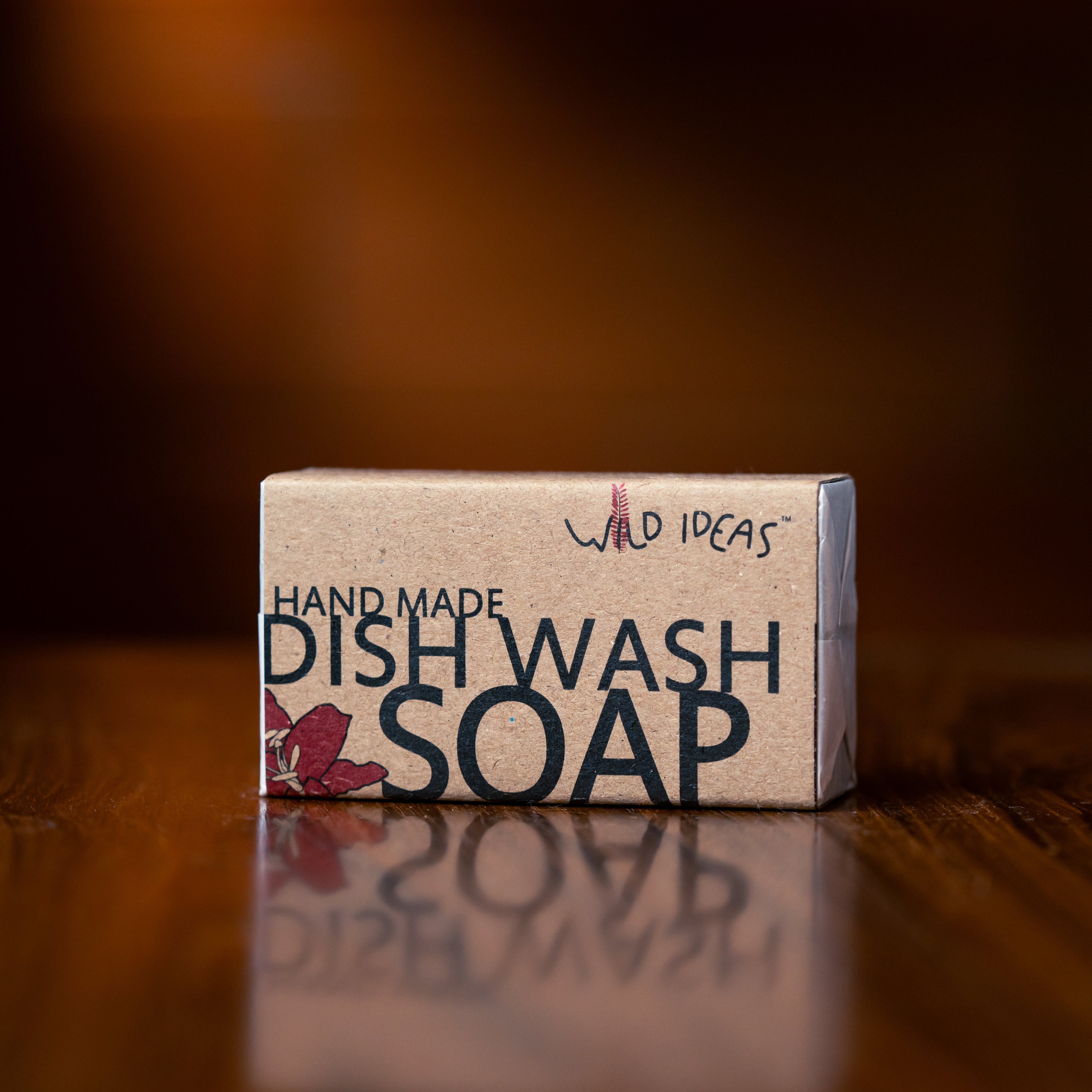
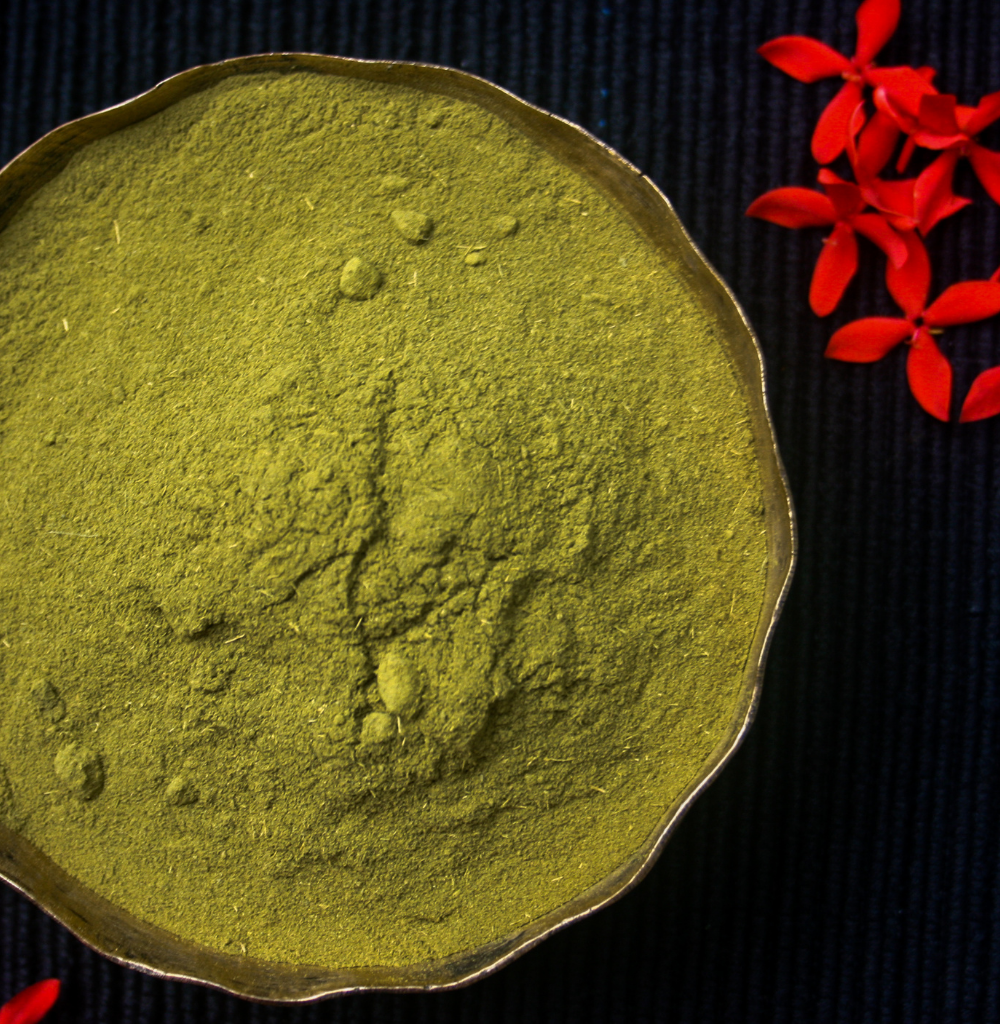

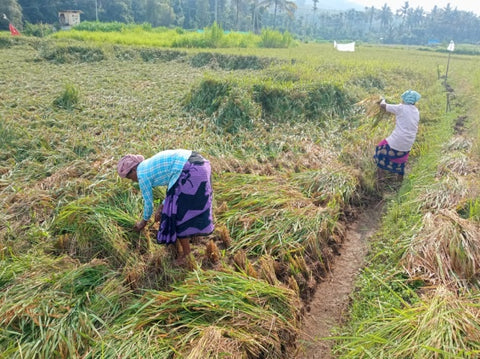











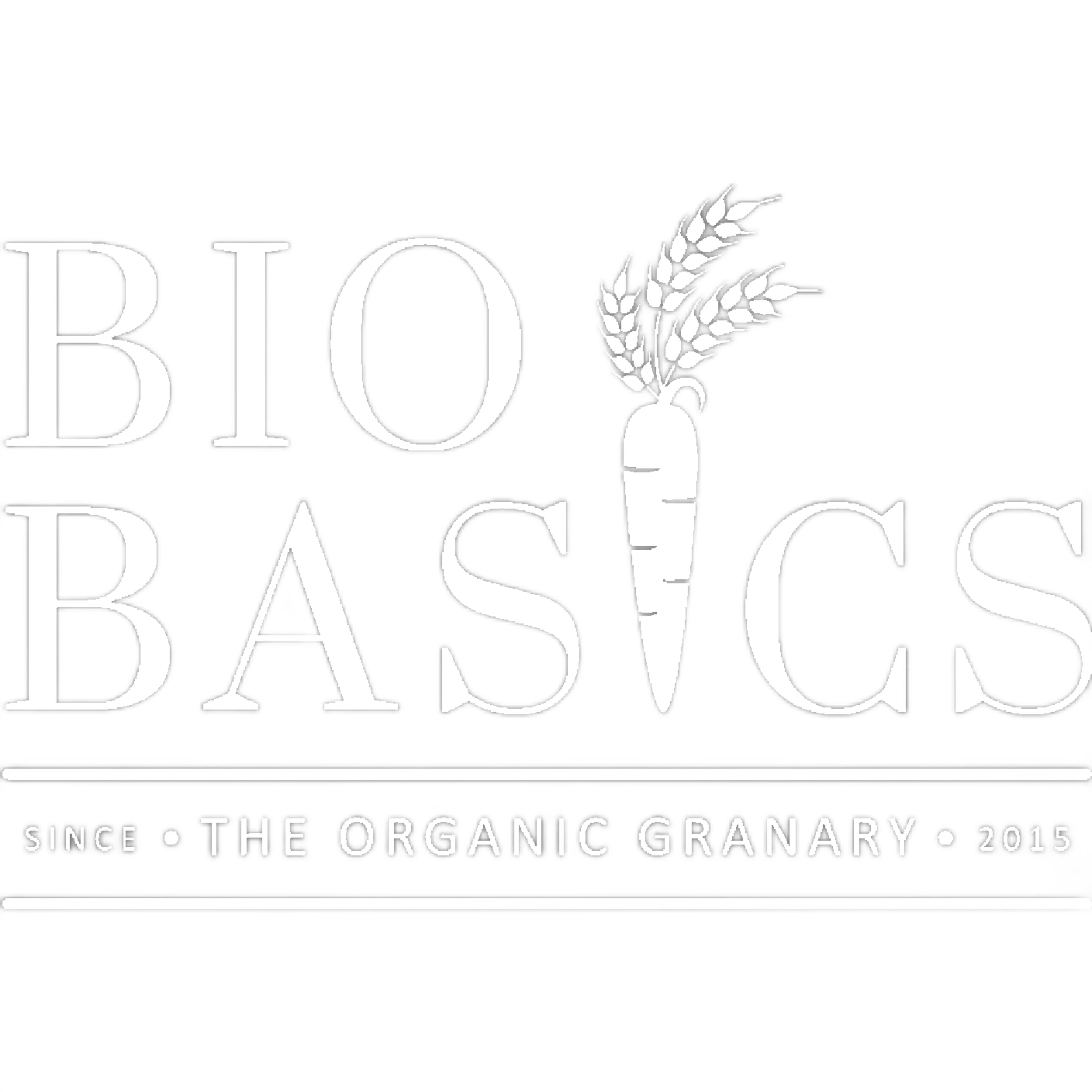
2 comments
Asirvatham Packiamoney
I totally agree to your comments regarding rice. Organic red rice is best for health.
Mala
I’ve been having your black rice for the past few months.
Love the taste – almost forgotten the taste of rice! And wonderfully my blood sugar
Has not gone up! Thank you